Breed Standard Comparisons
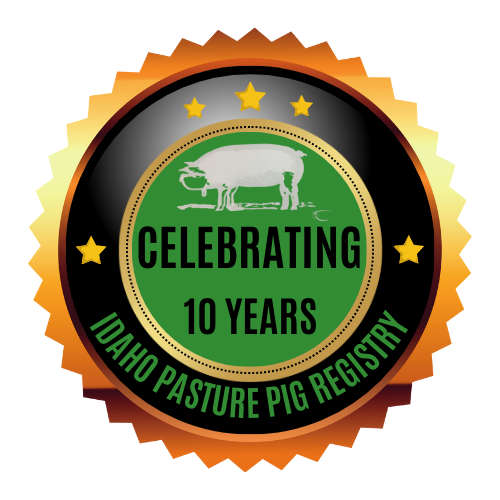
When choosing breeding quality pigs, one of the hardest places to evaluate is the head and snout of the Idaho Pasture Pigs. Because this breed is composed of three different breeds, there is now and will always be some variation in the pigs themselves. The goal is to determine which of your pigs fits into the breed standard and which of them will be delicious in someone’s freezer.
Most of these pictures throughout this page will focus on the head and snout of the pigs from piglets up through adults, but also note the long straight backs, nice tail sets, & well-proportioned shoulders and rump. Growth rate is equally important when evaluating your pigs. Not only do you want to make sure your pigs are growing at a good rate, you also don’t want to have a pig that grows too big and exceeds the breed standard required weights.
A medium length snout: Having a snout that is too short will lead to respiratory issues and can be indicative of a slower growing pig. Having a snout that is too long leads to the loss of the up-turn in the snout thereby the decrease in their grazing ability.
Beautiful Medium Length Snouts
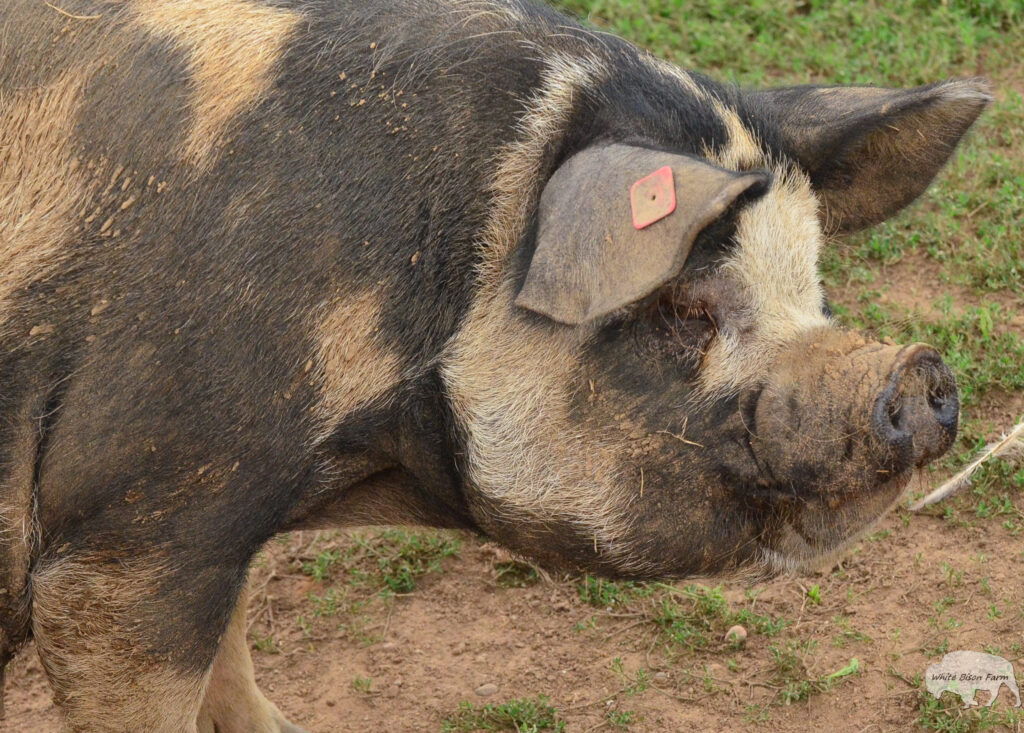
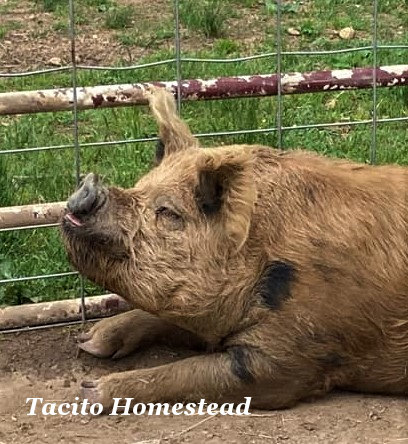

Having different angles will help in determining width between the eyes, good uniform width from the eyes to the end of the snout, and the upturn of the snout. These next four pictures show the same boar from different angles to help demonstrate the true conformation of his head and snout.
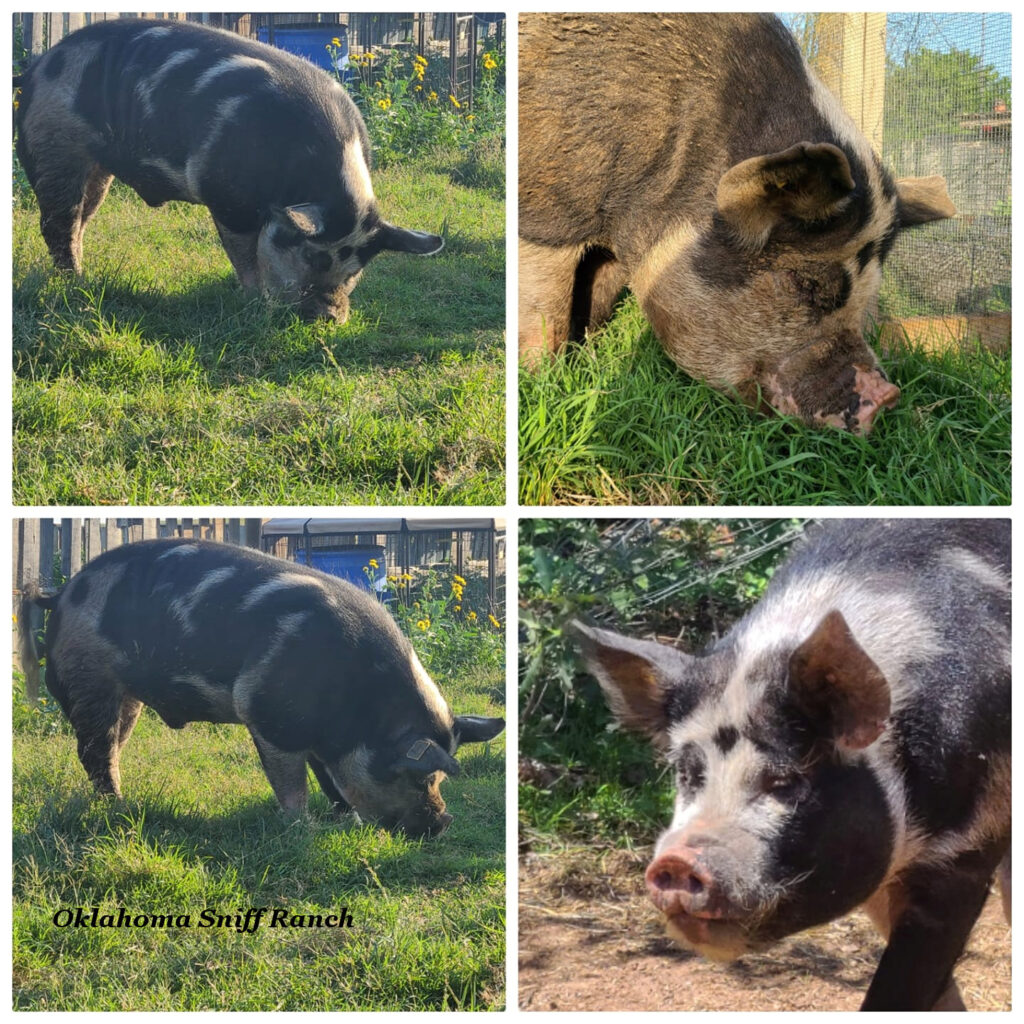

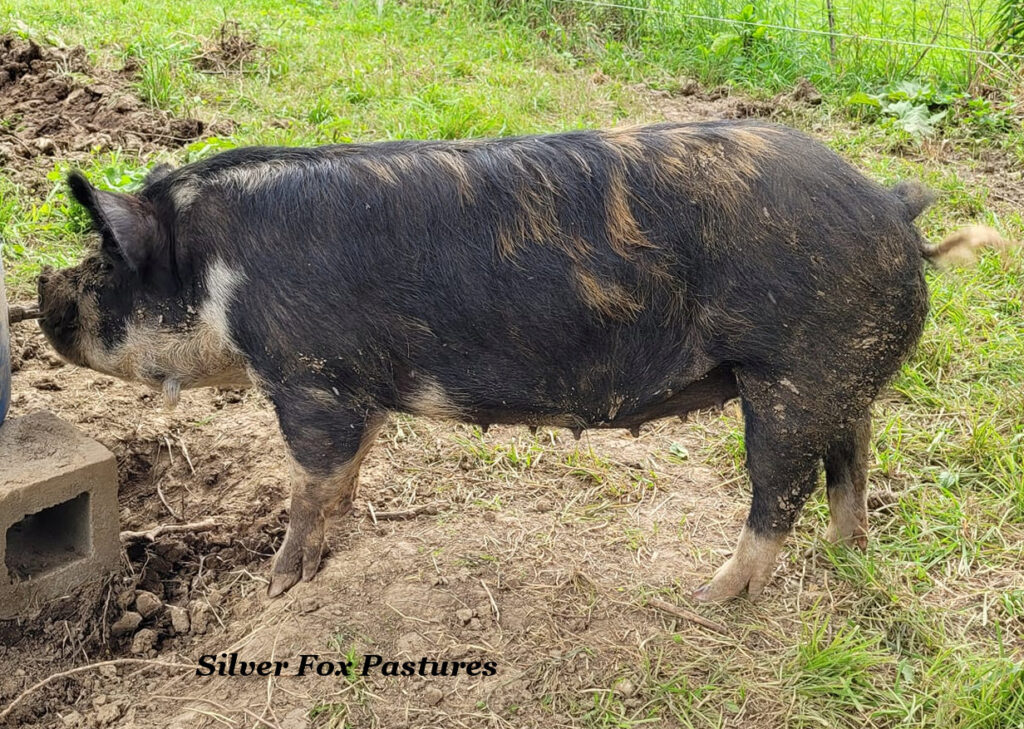
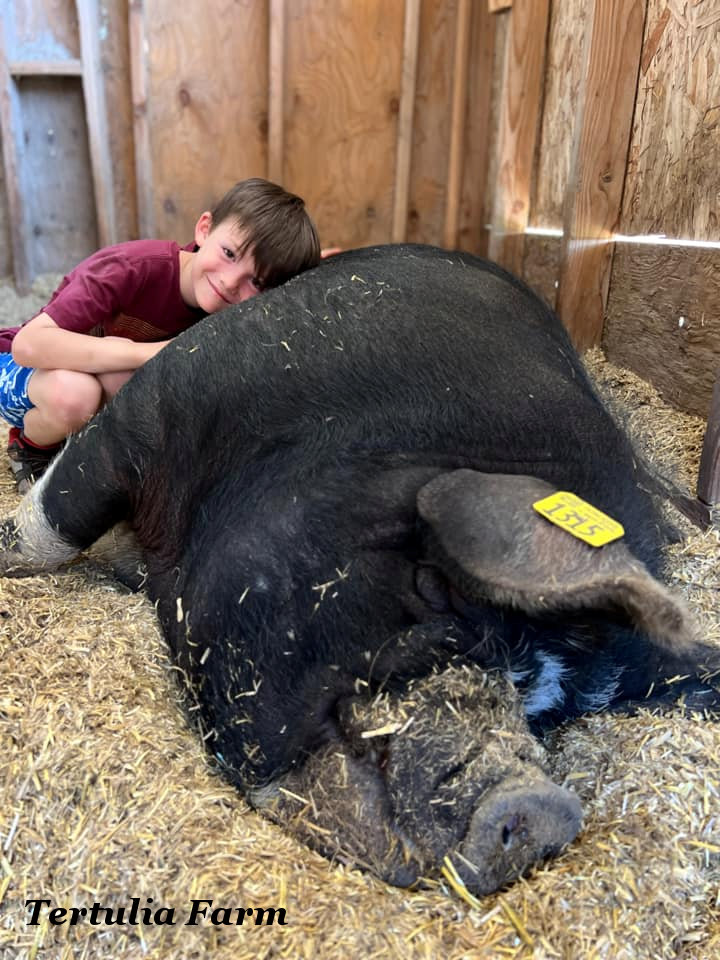

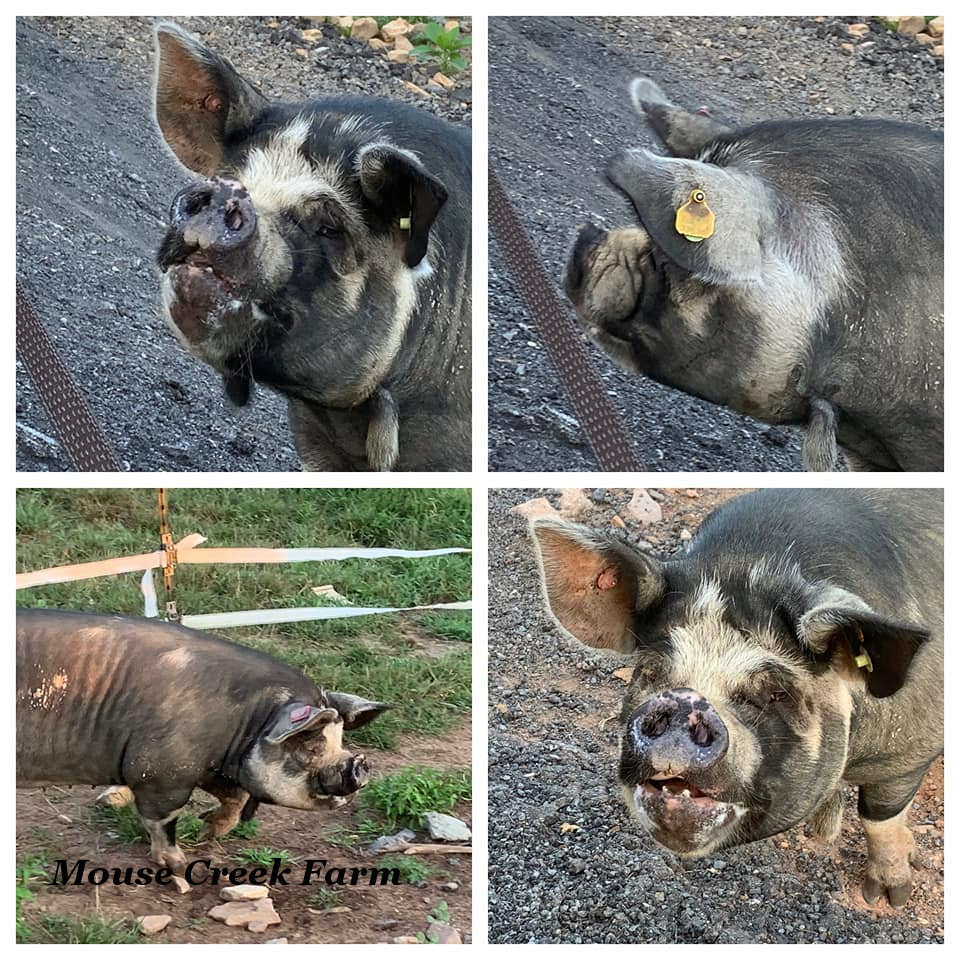
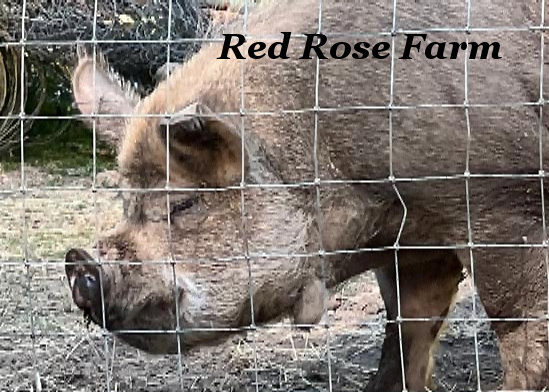
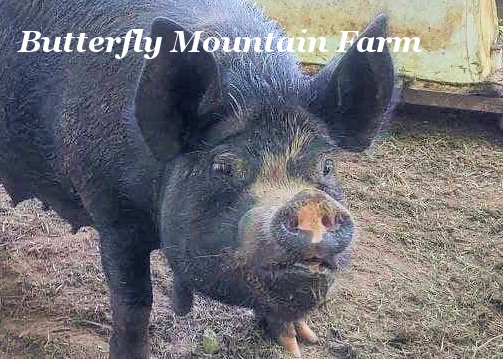
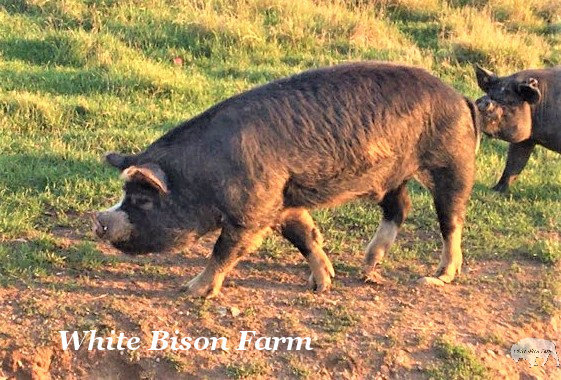
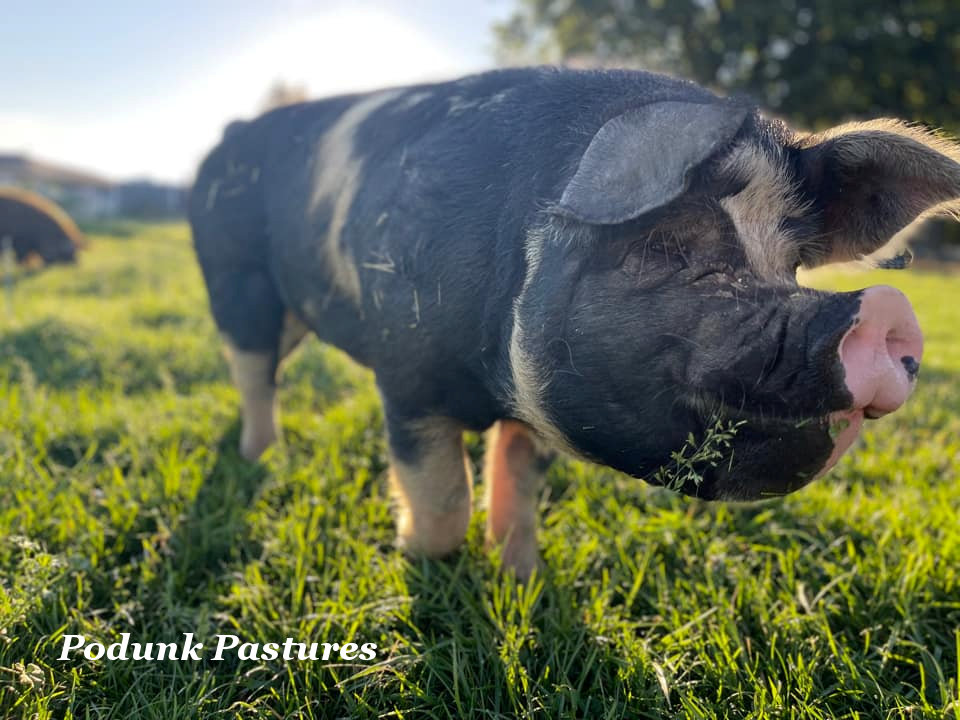

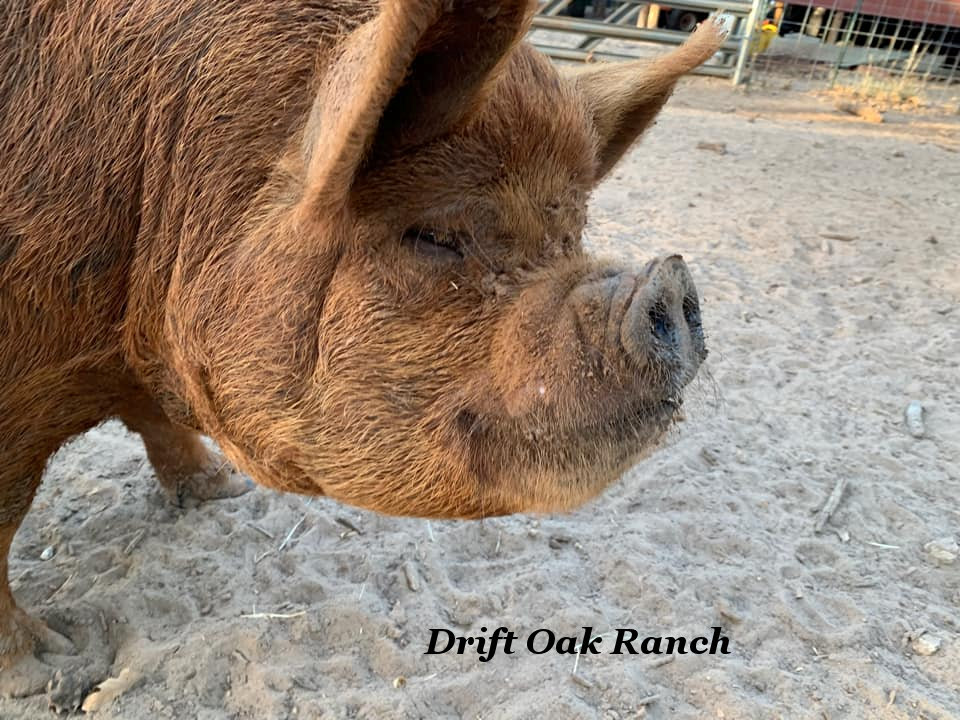
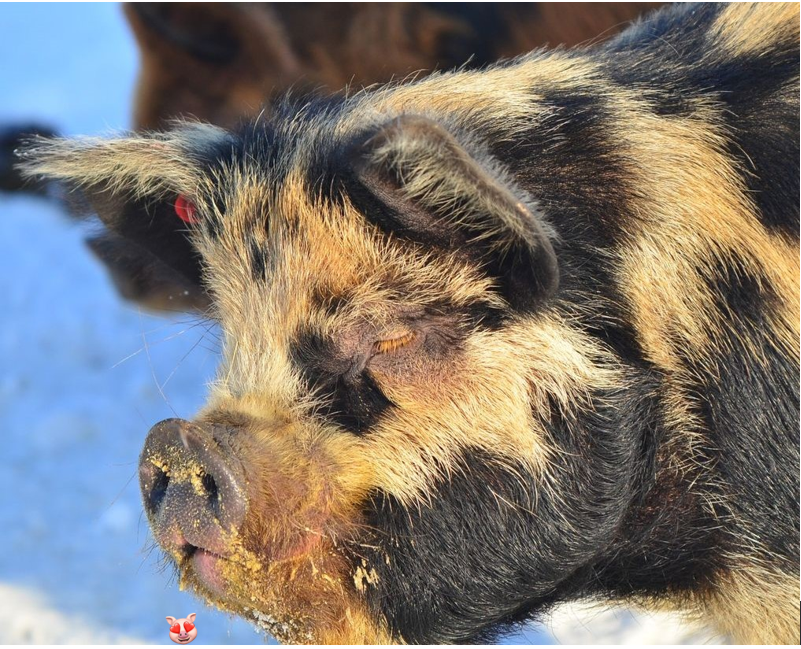

Progression Pictures
The next collection of pictures depicts the same piglet from a young age and follows him as he ages. You will see that not only does the angle of the picture make a difference, but that all pigs go through growing stages. He was born on 8/16/2021. On each picture is the date the picture was taken so that you can see his progression as he ages.



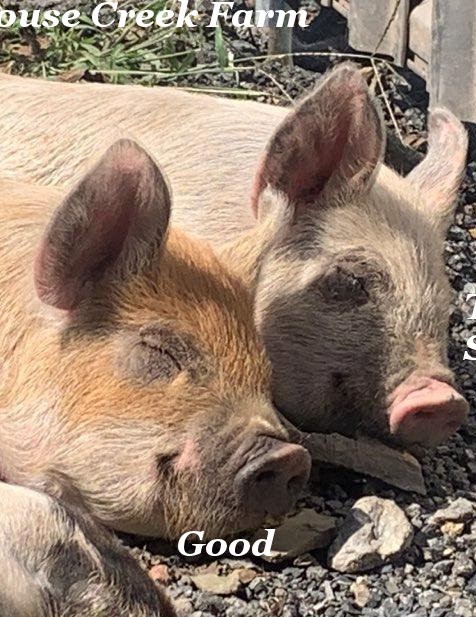
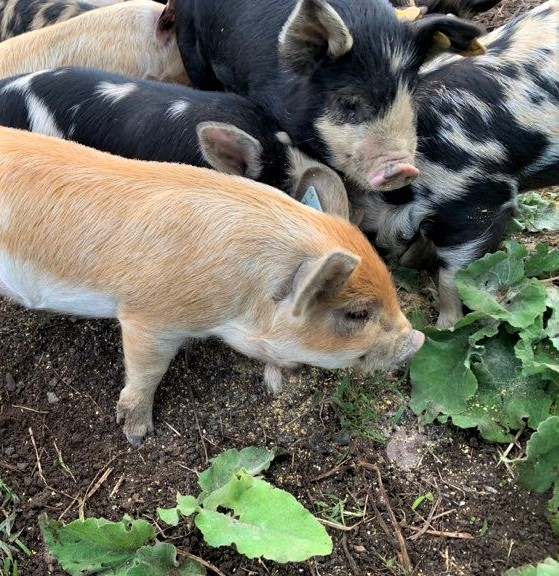
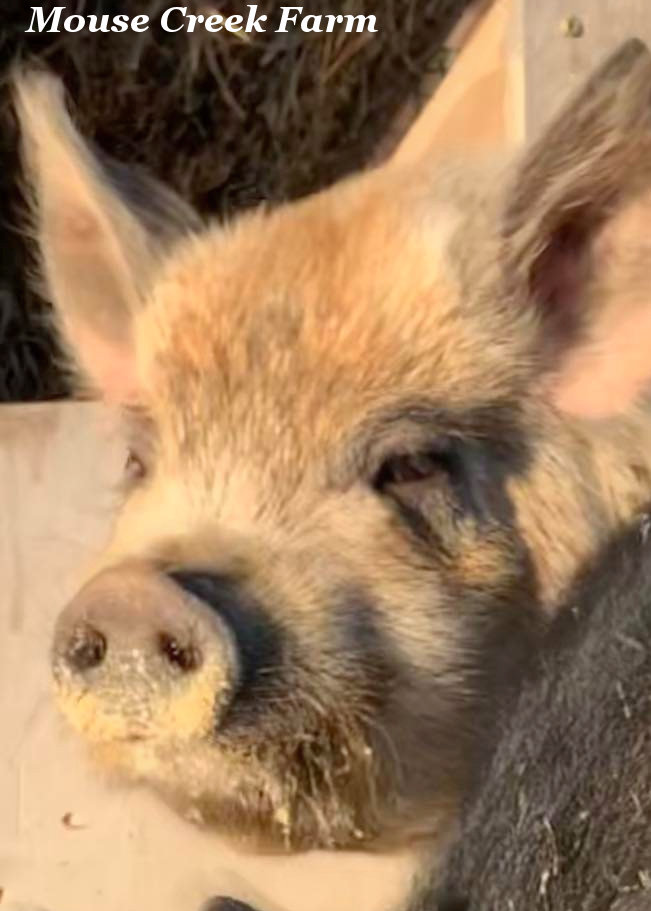
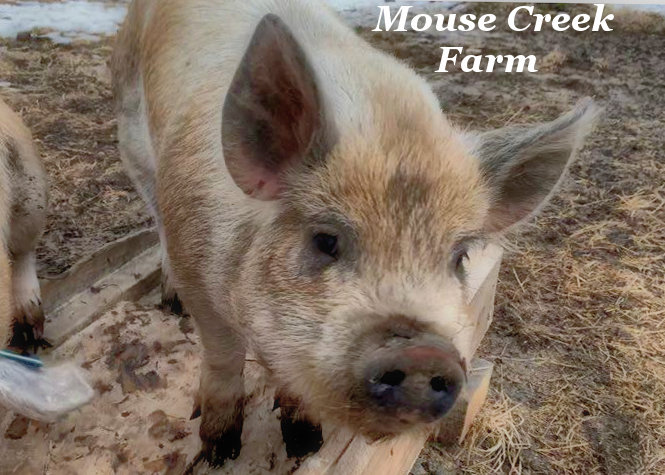
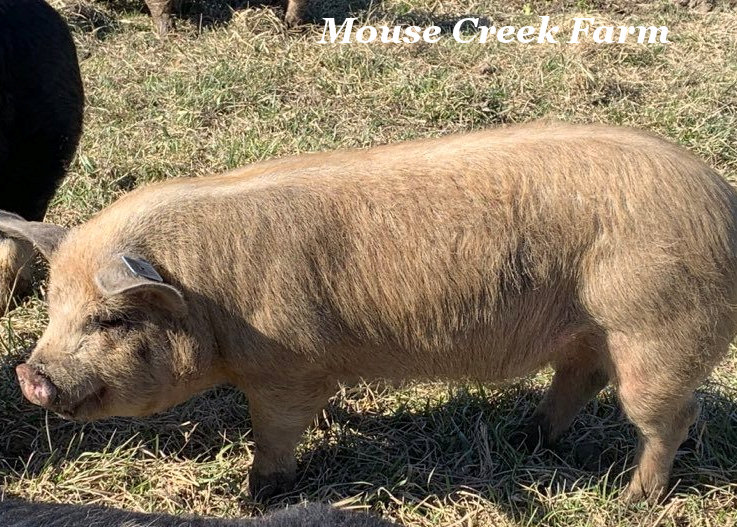
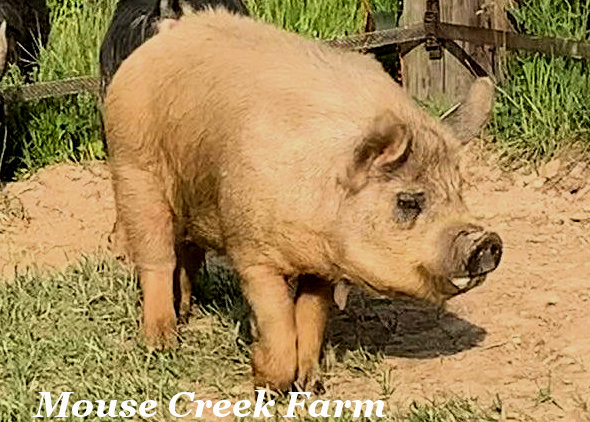
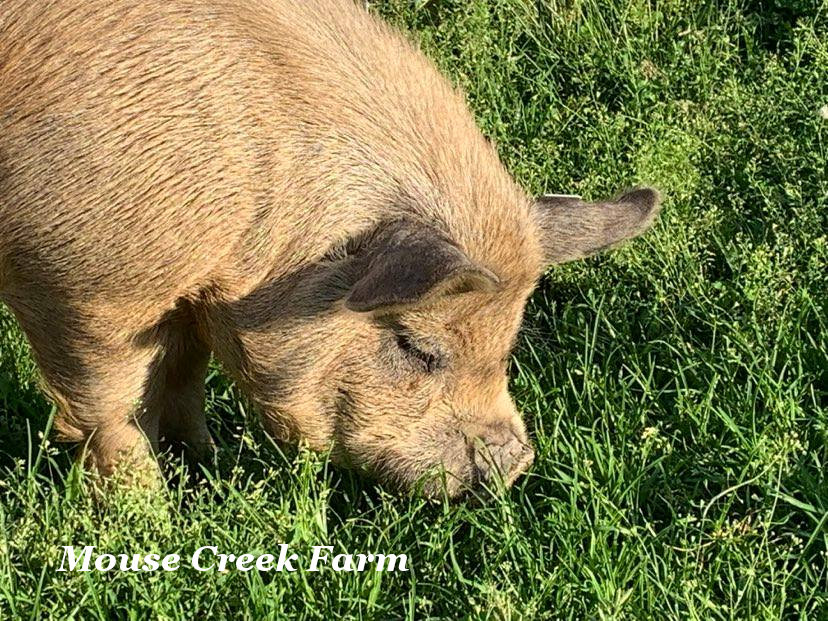

Slightly Longer Snouts

Some pigs have a slightly longer snout then is preferred for the breed standard. Making sure that there is a good upturn is extremely important. This pig pictured has a snout that is slightly longer than the desired medium length, but he still has a very nice uniform line from his eyes to the tip of his snout. You can see that his snout doesn’t taper in and is still nice and wide at the end. The snout turns upward at a nice angle. All things put together, this is a breed quality Idaho Pasture Pig boar. He should not be bred to a pig with a longer snout like himself. Breeding to a medium or slightly shorter snout will likely produce piglets with the desired medium length snout.
Slightly Shorter Snouts
Having the perfect snout is what every breeder should strive for. As we stated earlier, there is some variation in the Idaho Pasture Pigs. The next set of pictures demonstrate snouts that make breed standard but are getting close to being too short. When you have a pig with a shorter snout you need to be extremely diligent about making sure the growth rate is where it should be and that you don’t notice any respiratory issues. These pigs should be bred to a pig that has a medium snout or even a slightly longer snout to help ensure piglets with that medium length.
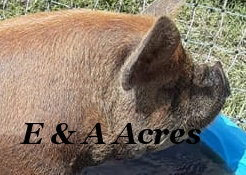

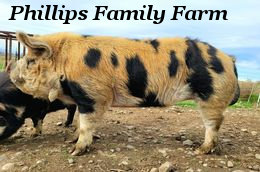
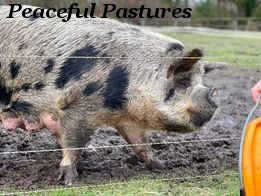
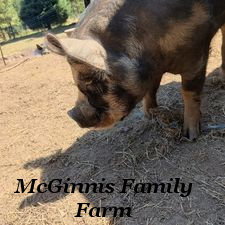
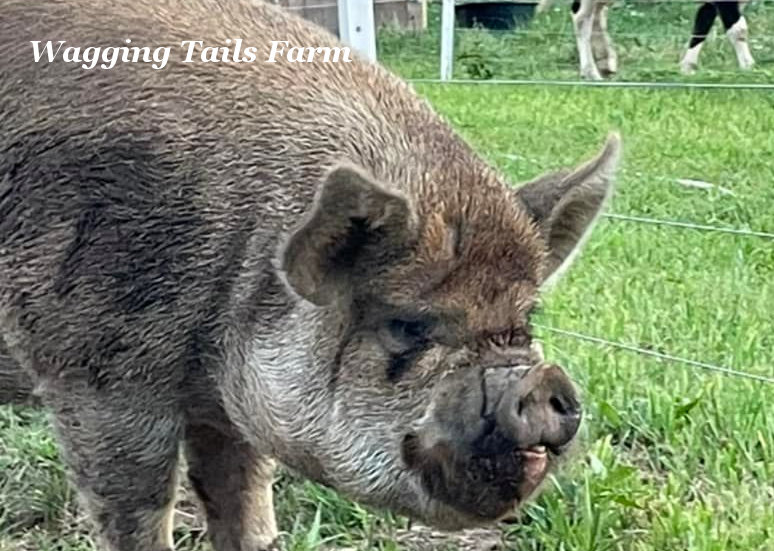
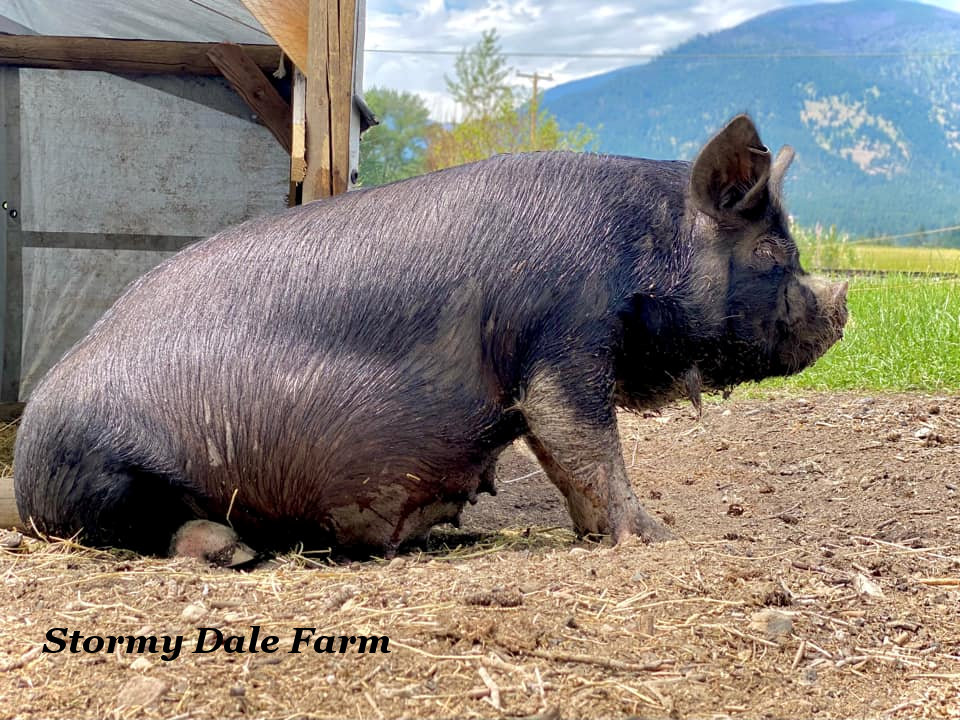
Almost Too Short
These next pigs have a snout that is on the border of being too short. Although they are growing well and demonstrates good conformation overall, the snout is not the medium length that represents the breed standard. Pairing them with a boar who has a slightly longer snout will help produce piglets who maintain that medium length. When choosing breed standard piglets out of a litter, piglets with this short of a snout would not make breed standard.
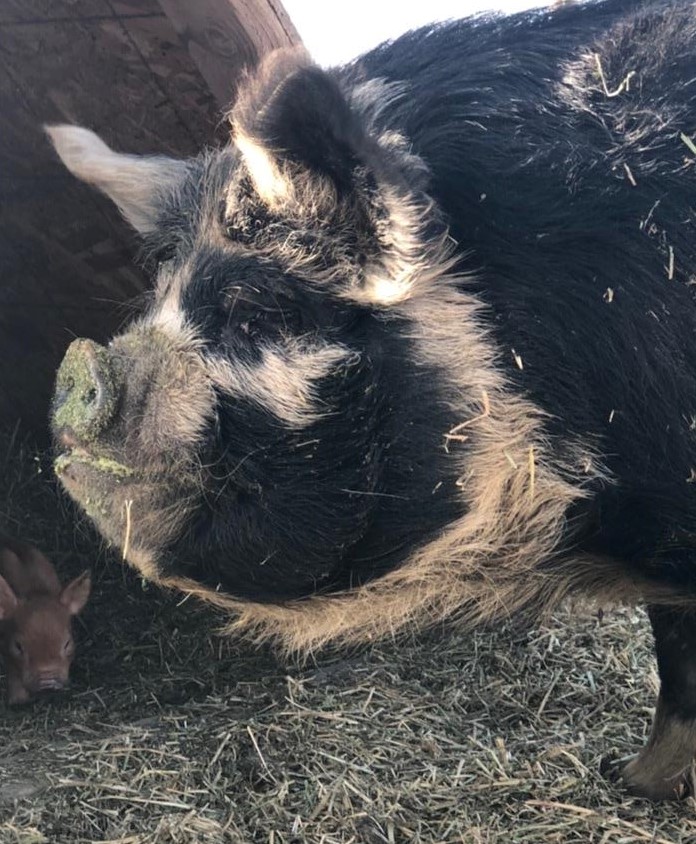
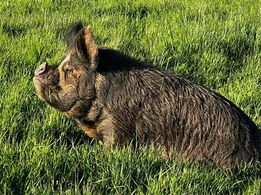

Here is an example of a piglet that is on the verge of being too short. Keeping this piglet in your pastures and evaluating at a later date is going to ensure you get the best in breed standard.
Piglets with too short of a snout typically do not grow at the desired rate to meet breed standard.
The following boar piglet had a good snout at weaning time. A short time later his snout appeared to have stopped growing and was very short. He also didn’t seem to be growing very well. He lived in a cold climate and didn’t have quality feed for the cold winter months(of no fault of the new owner). His growth seemed to have been stunted. After deciding to keep him and grow him through the summer months with better feed, roughage, and grasses, he was re-evaluated in August. The growth rate was extraordinary. He shot up and was well in the correct growth rate for his age. Now – at the age of two – he is absolutely within the growth chart and his conformation is great.
The low-quality feed for the cold winter months stunted his growth and this is a great example of how the right feed, hay, legumes, and grasses will impact the growth of your pigs.
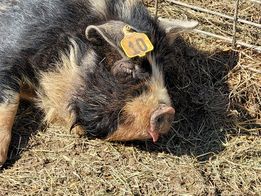
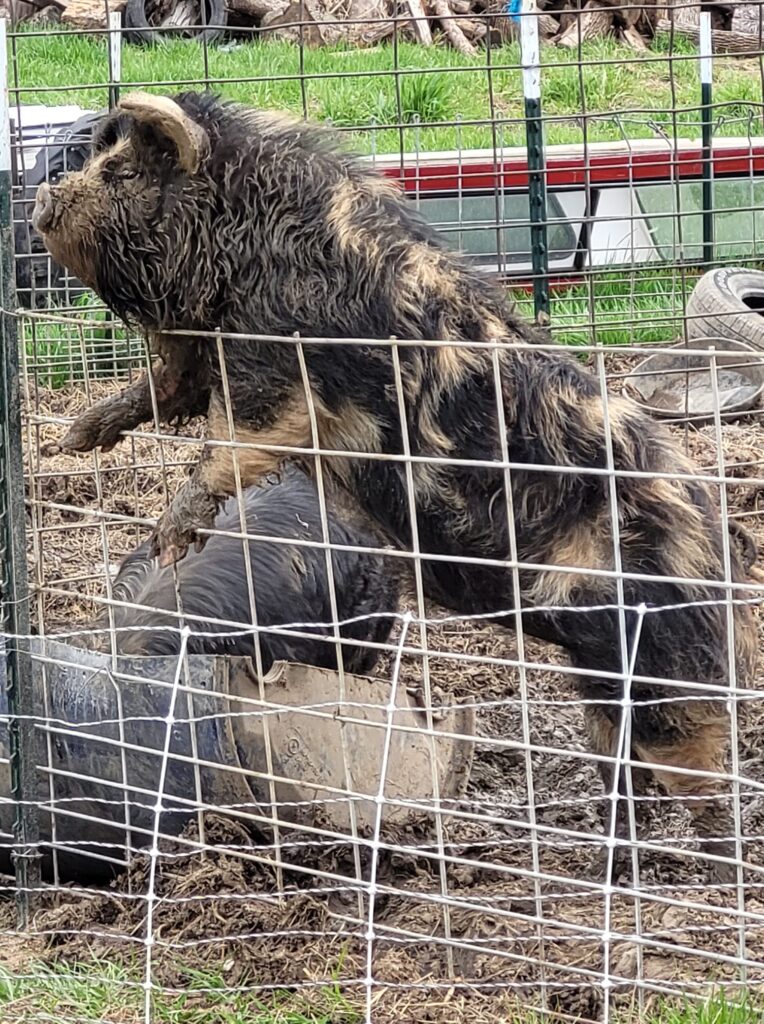
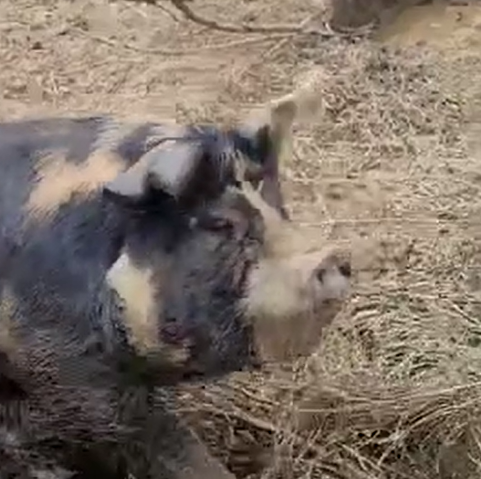
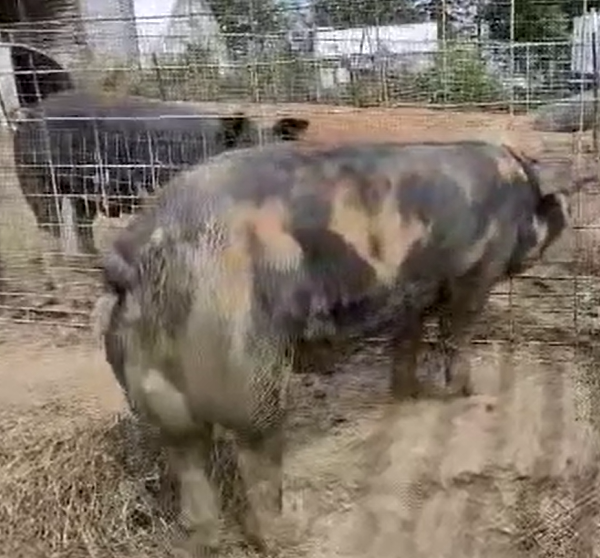

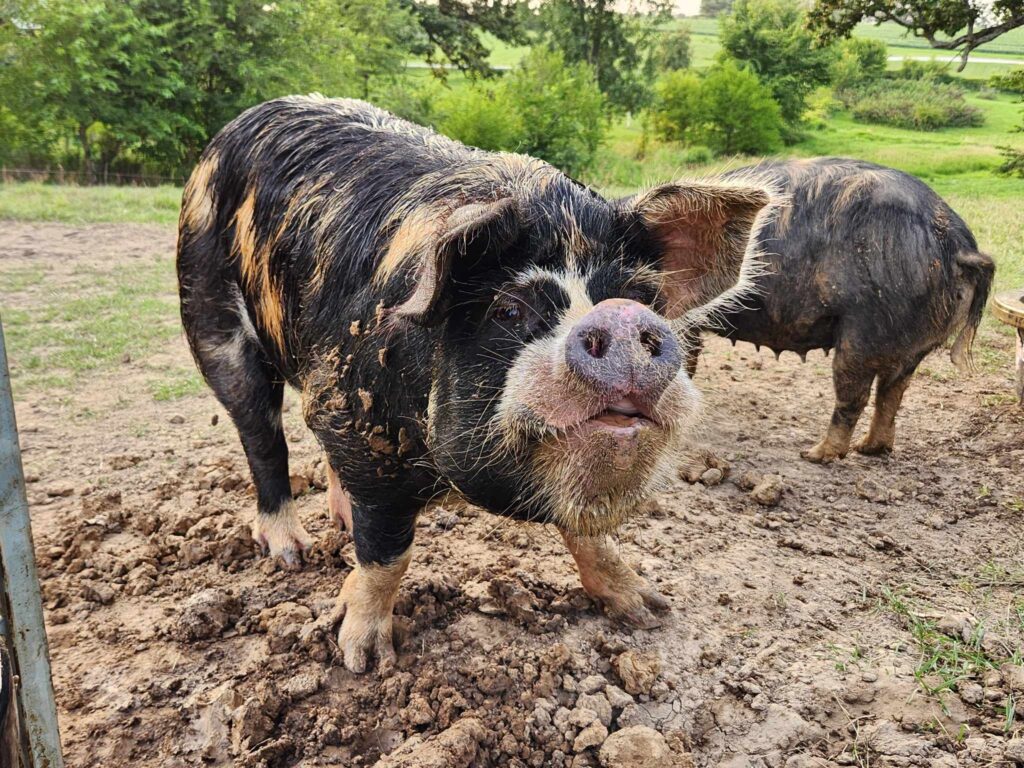
Too Short to Meet Breed Standard

No doubt about this one! That is an extremely short snout and this piglet is not going to mature out to be within breed standards.
Piglets
Having many pictures of older pigs with good conformation to look at is helpful, but most of us are determining breeding quality piglets at 4 – 8 weeks old, so the following pictures are of younger piglets that can help you see what to look for when evaluating your litter.
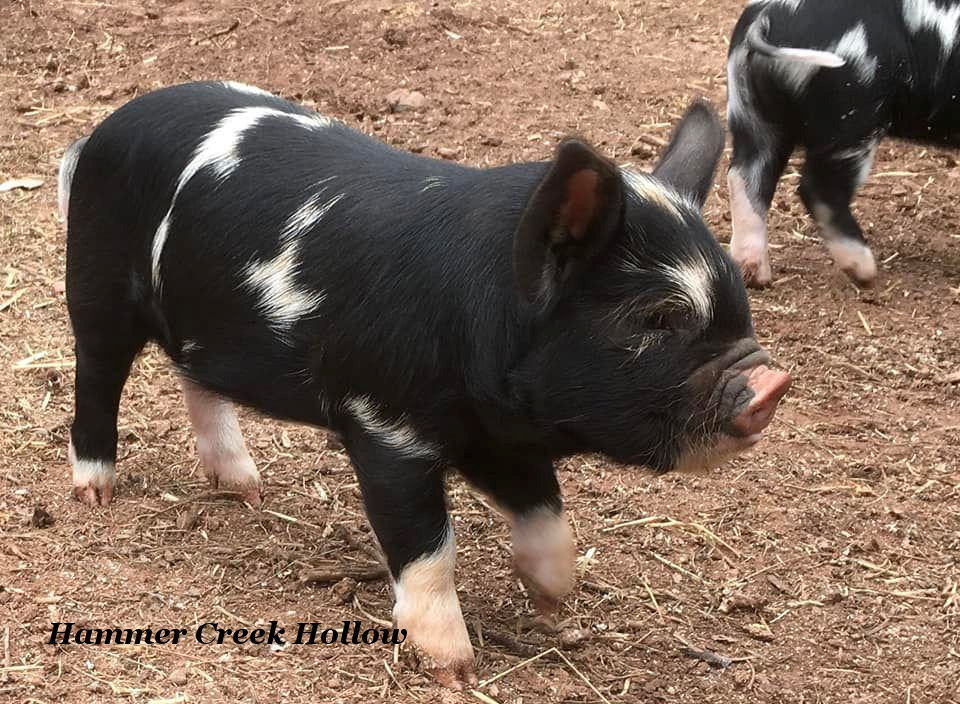
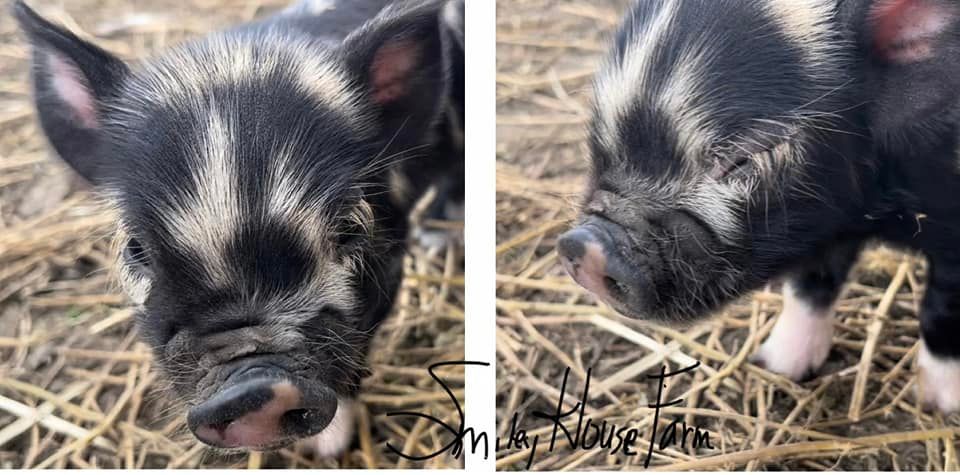
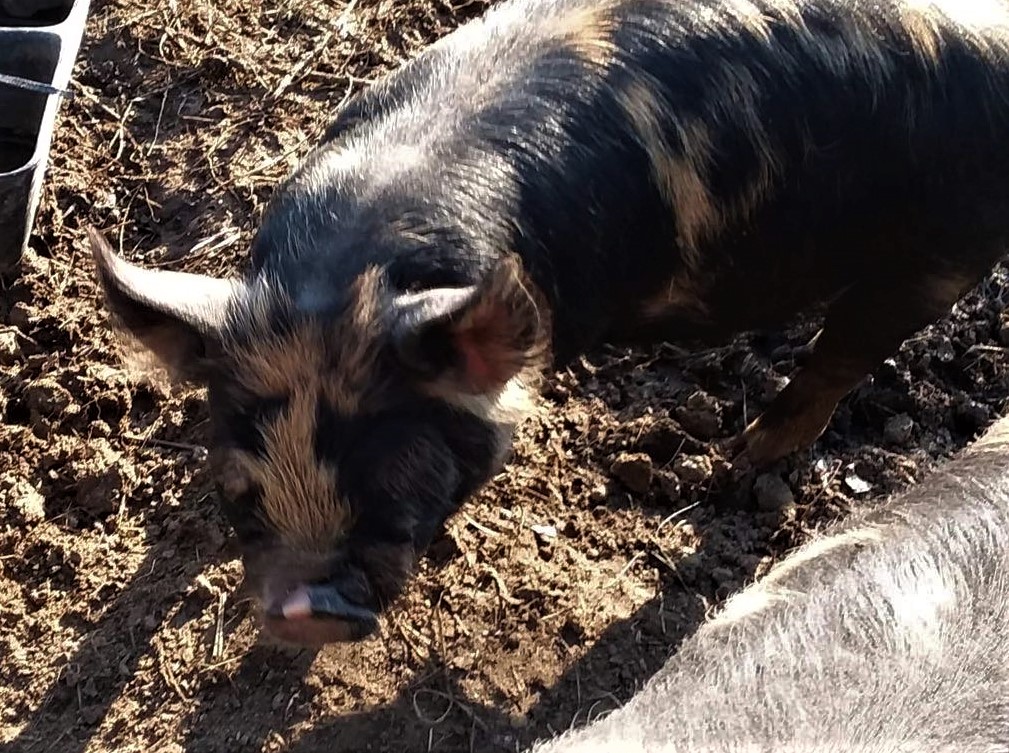
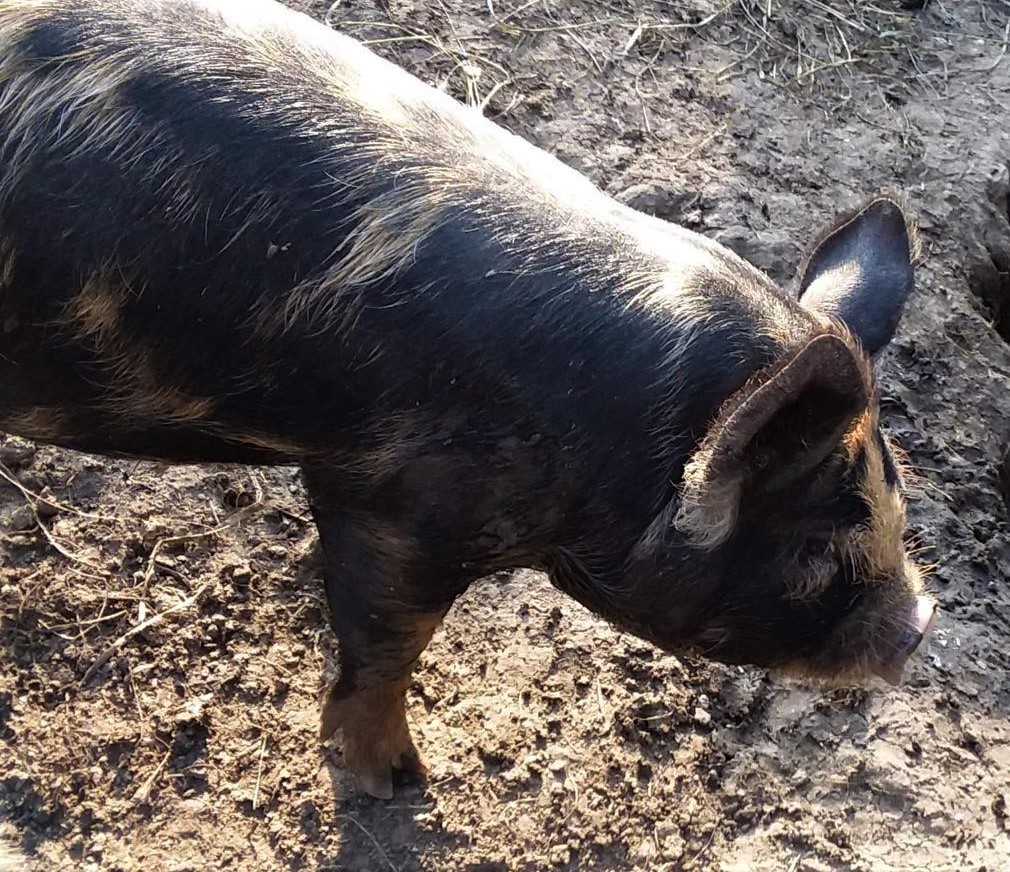
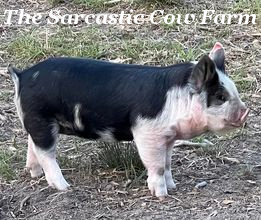
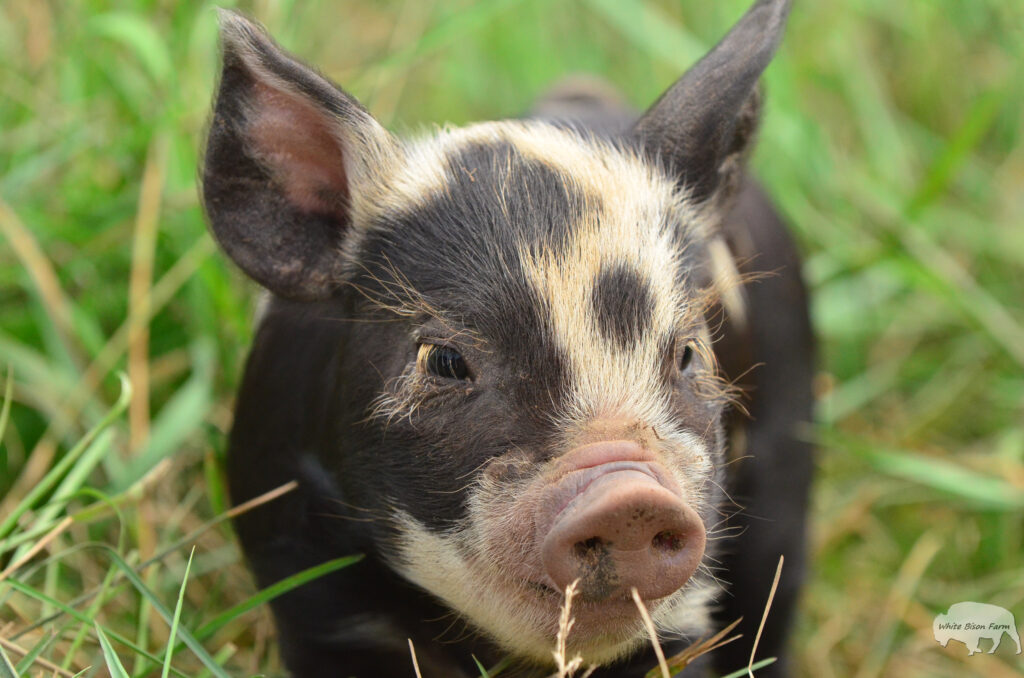


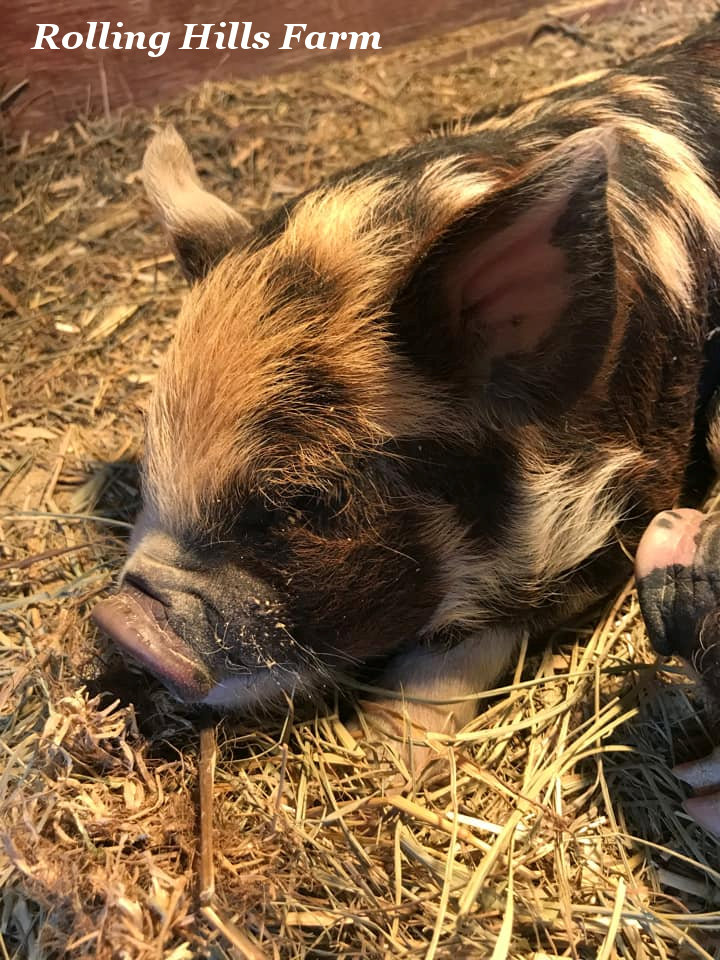

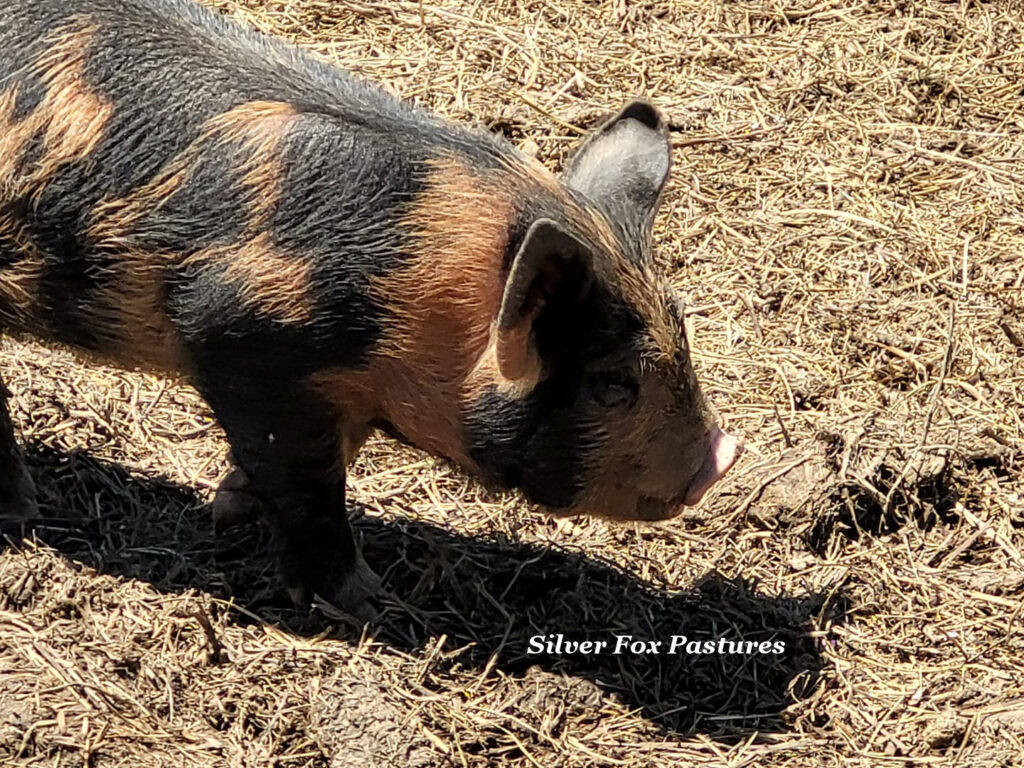
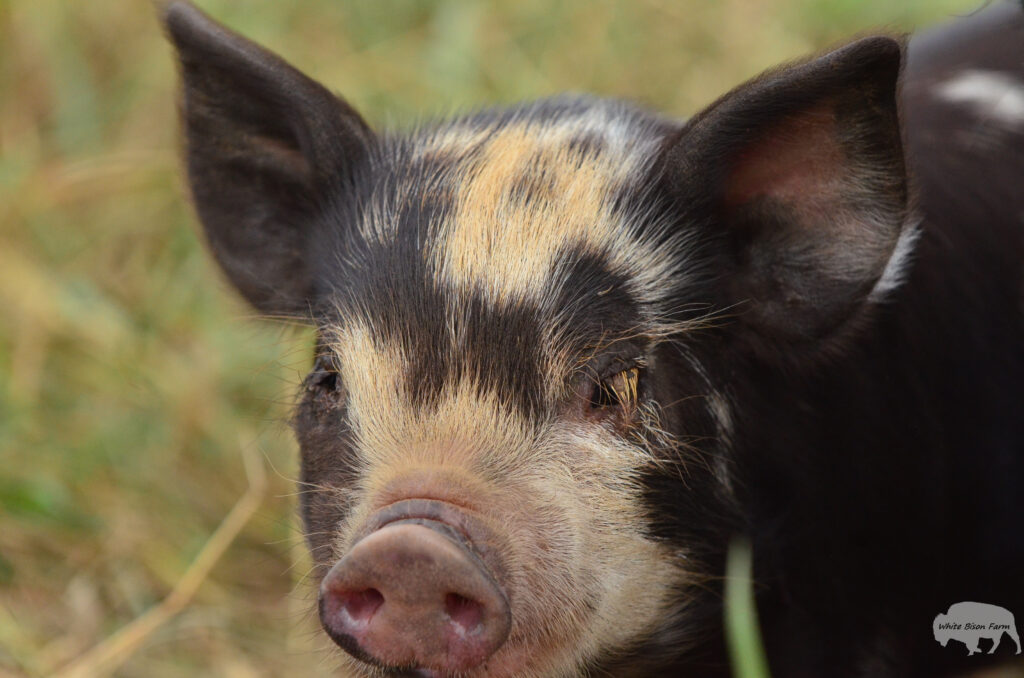
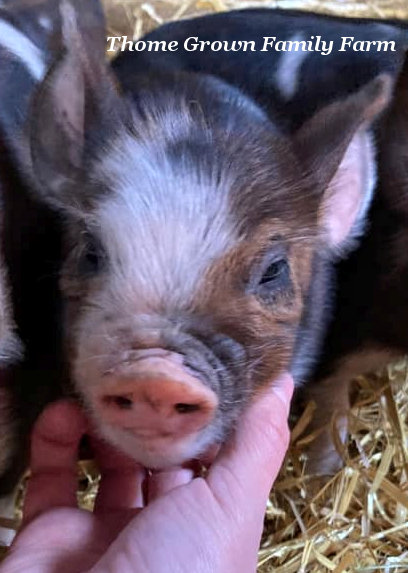

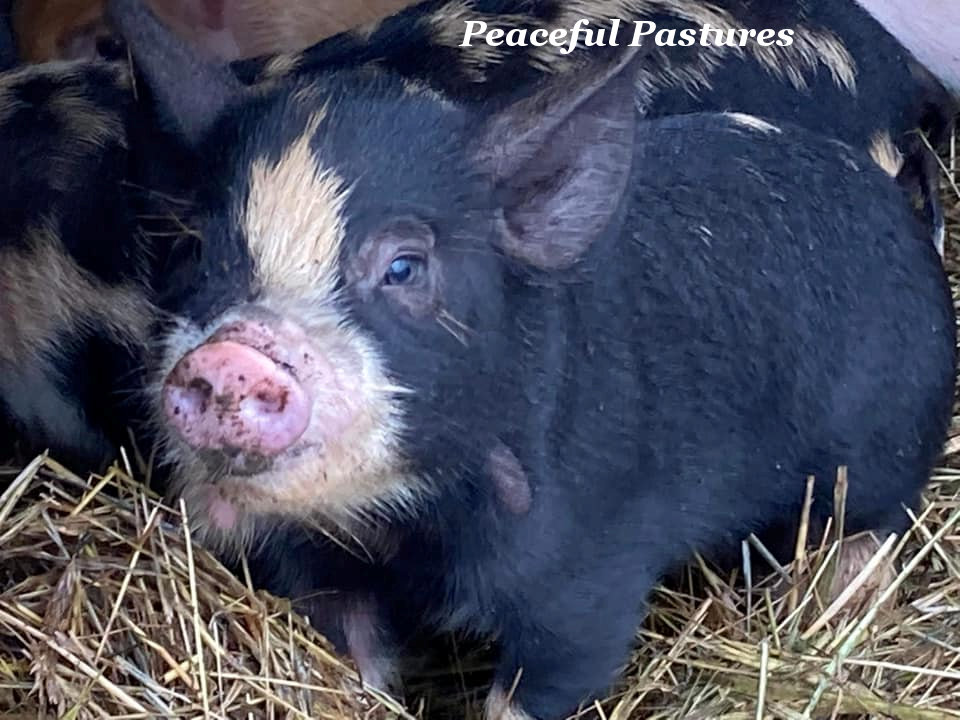


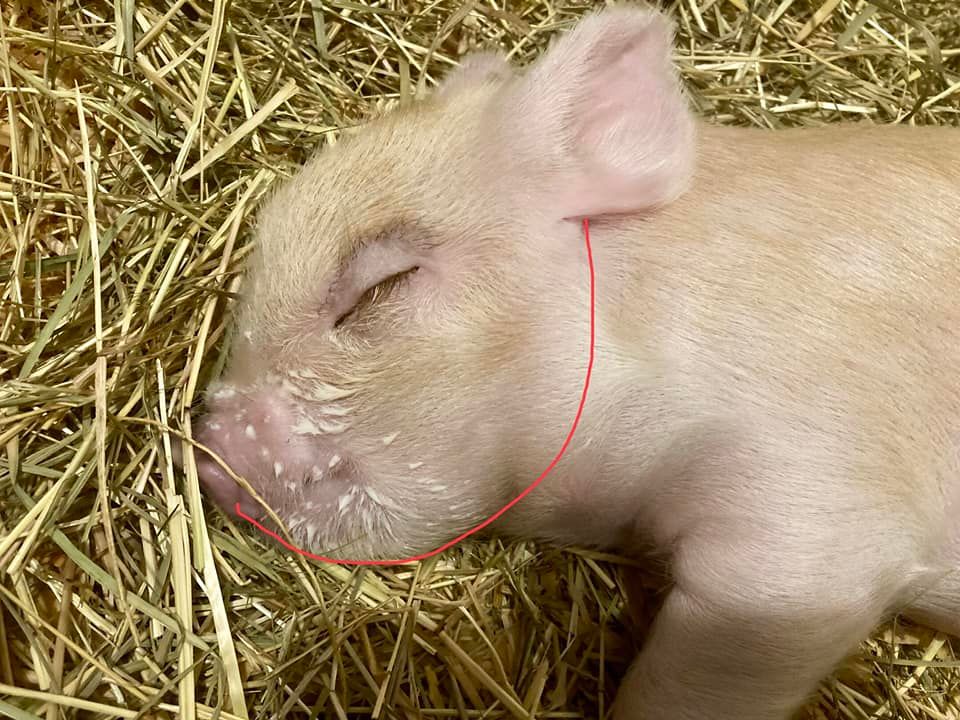
Micheale Graham from Peaceful Pastures has noticed a trait that helps in determining how a piglet’s snout will turn out as they mature. She wants the bottom lip to come out to the end of the snout. Newborns will look like they have a close or slight underbite. Bottom jaw is deep. Should be able to draw a semi-circle from the bottom of their ear down and around to the end of the snout. Otherwise, it looks more like a drunken slanted V from the bottom of the ear down and then out to the end of the snout.
Piglets should be watched for the first few weeks to evaluate growth rate as well as how they are maturing. Determining breeding quality piglets is very difficult younger than 4 weeks of age and isn’t recommended. Piglets that a breeder isn’t confident meets breed standard should be retained at the breeder’s farm and re-evaluated a couple weeks later.
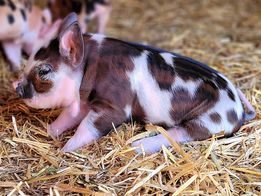
This is a perfect example of a very young piglet that has multiple things to keep an eye on as it matures. There doesn’t appear to be much wrinkling along the top of the snout, but the width and length appear to be good. Using the technique from Michaele, the bottom jaw appears to fit her semi-circle requirement. This piglet is too young to determine breeding quality but will present more of its true qualities as it matures in the next few weeks.
Additional Photos of Breed Standard Snouts
The following pictures are a collection of snouts and heads demonstrating the slight variation in length that still fit breed standard.
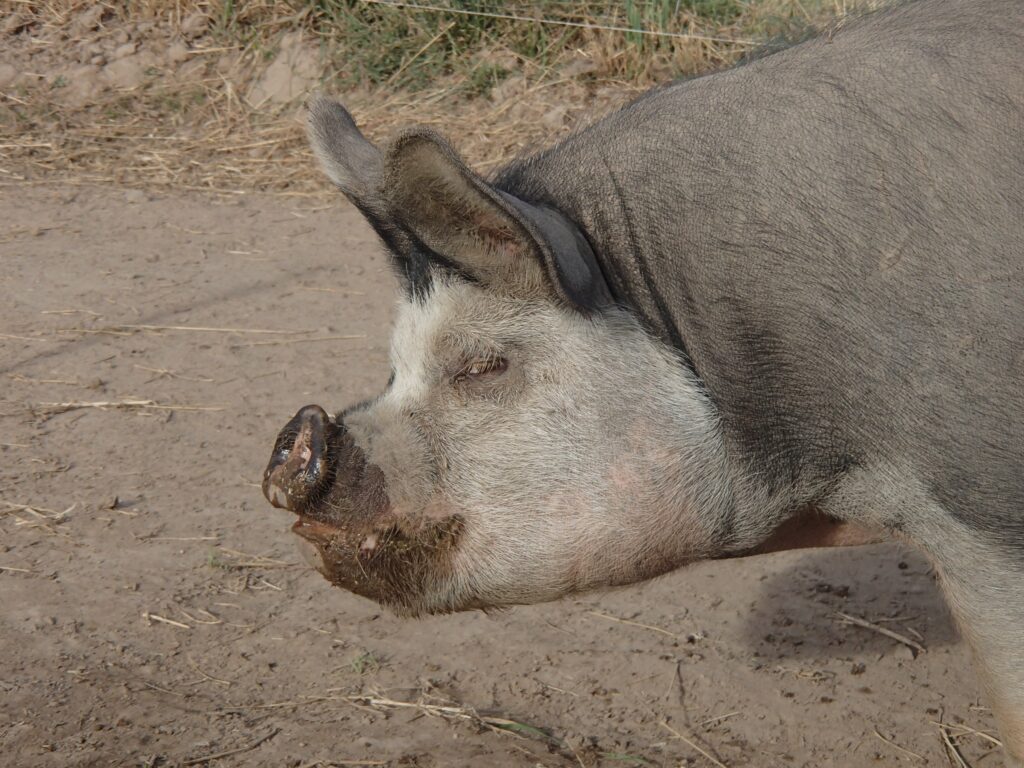

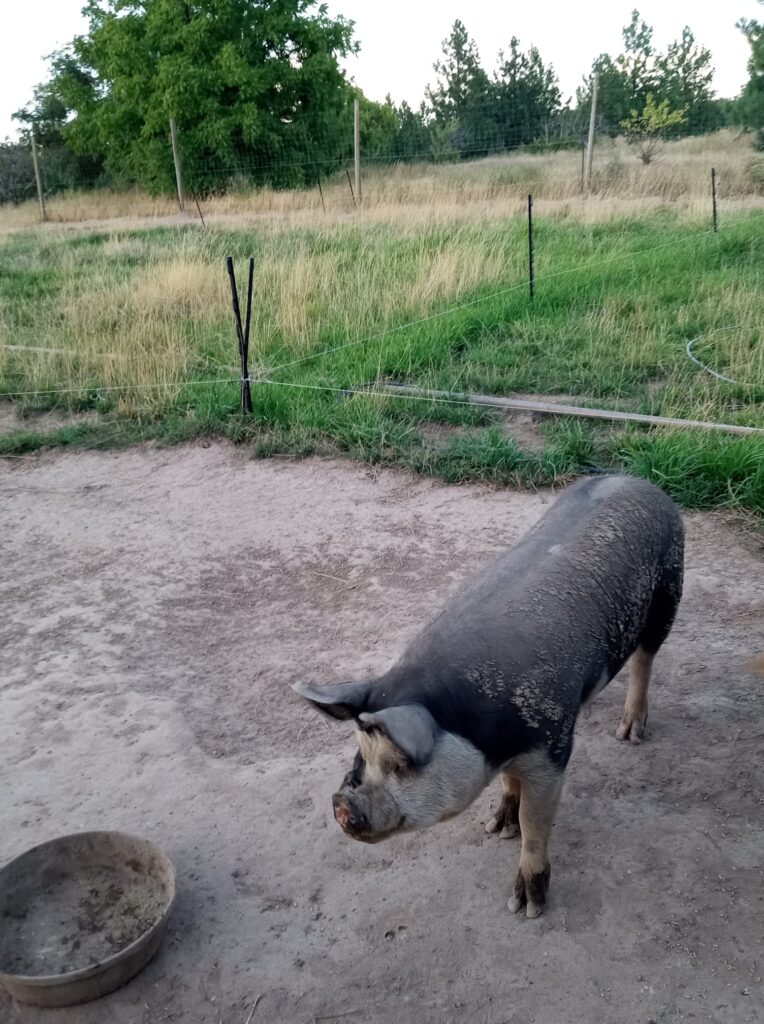
This is the same pig in each of these three pictures. Notice how the different angle and the interesting pattern on the snout can be deceiving. This is breed standard snout with good length and upturn.
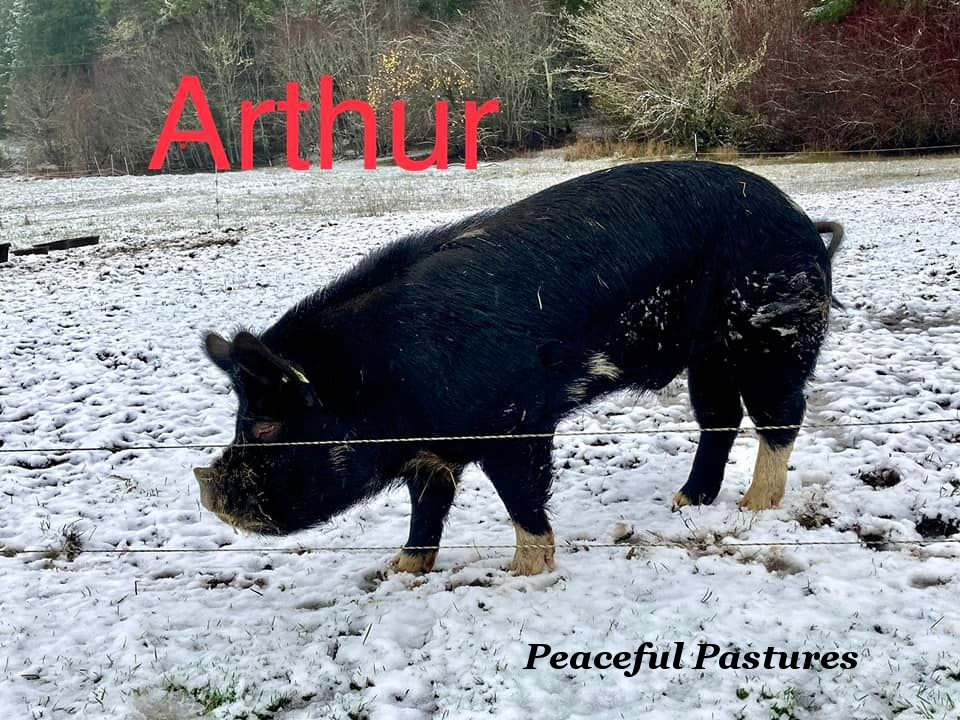



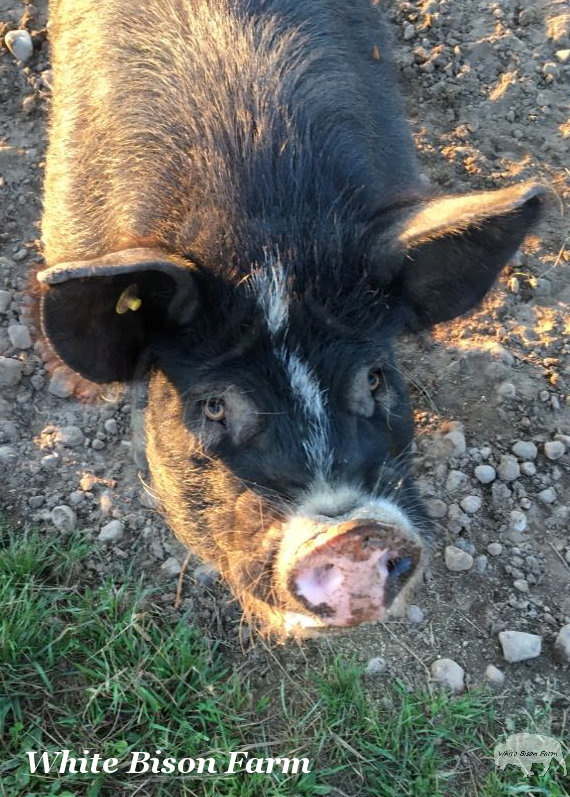

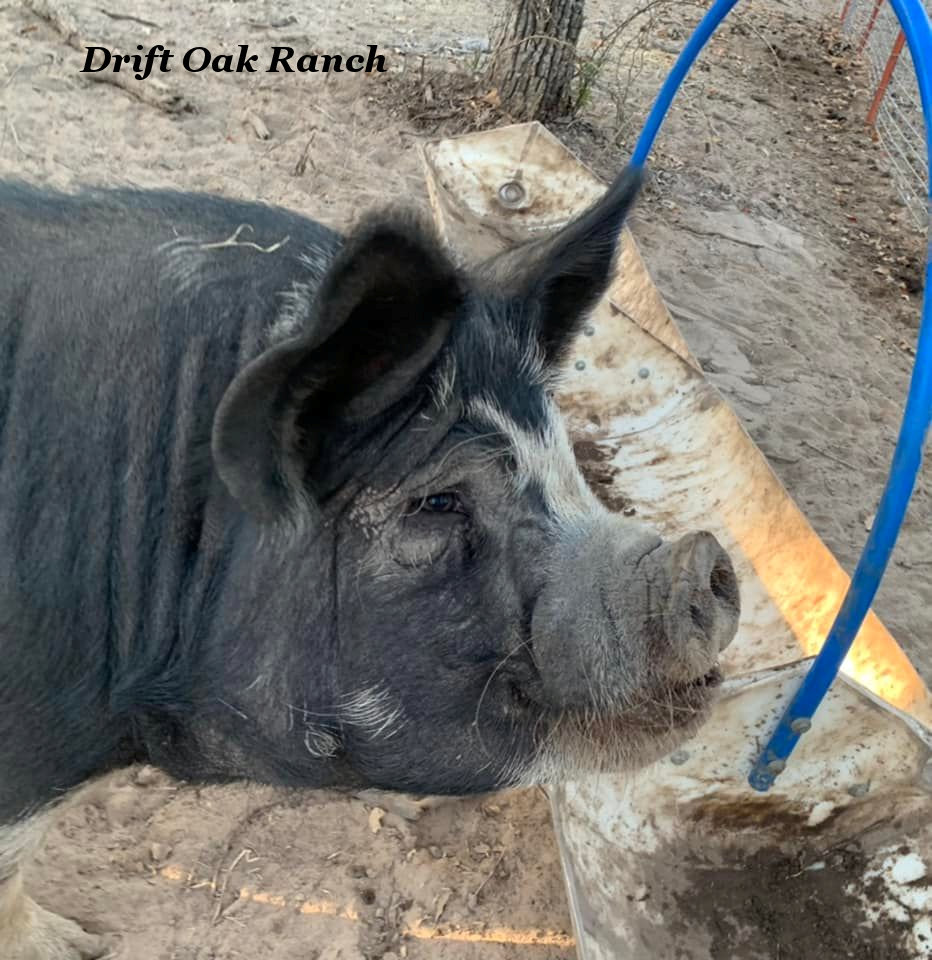
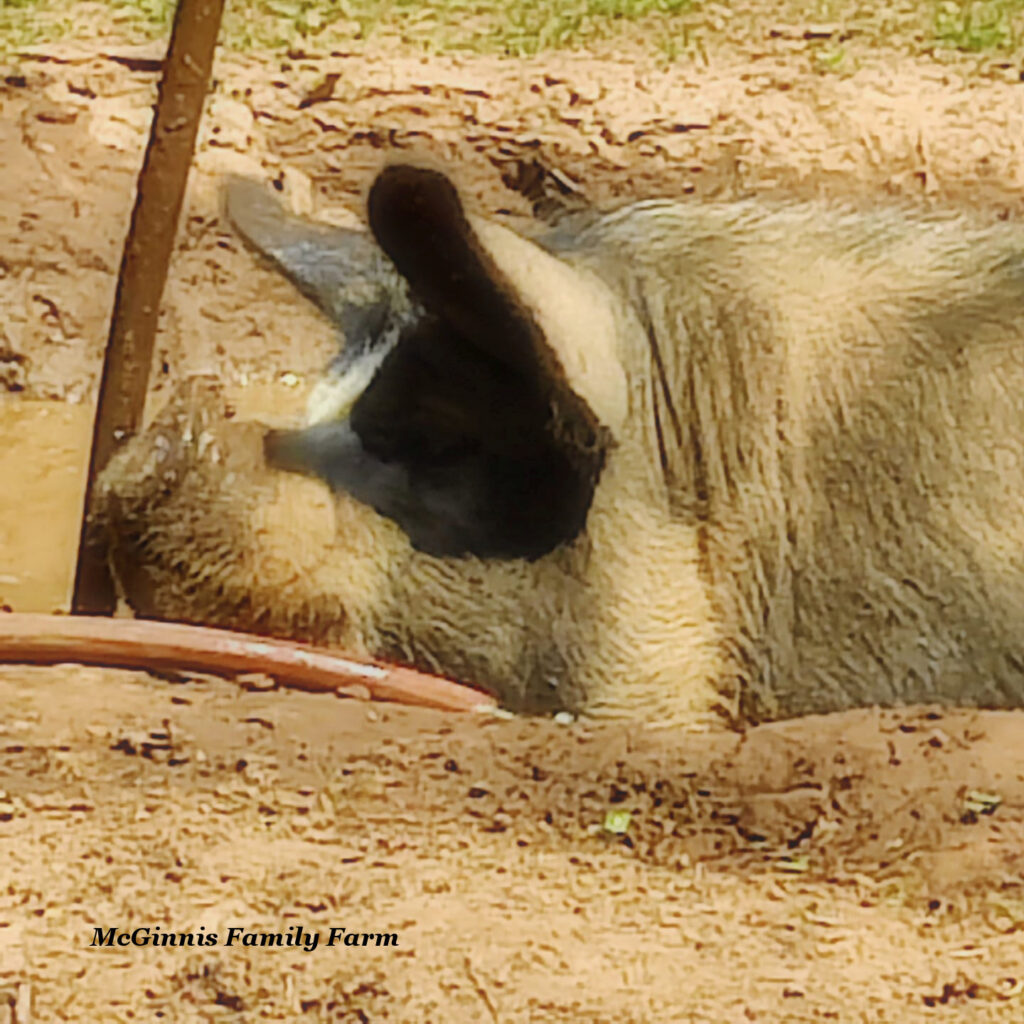
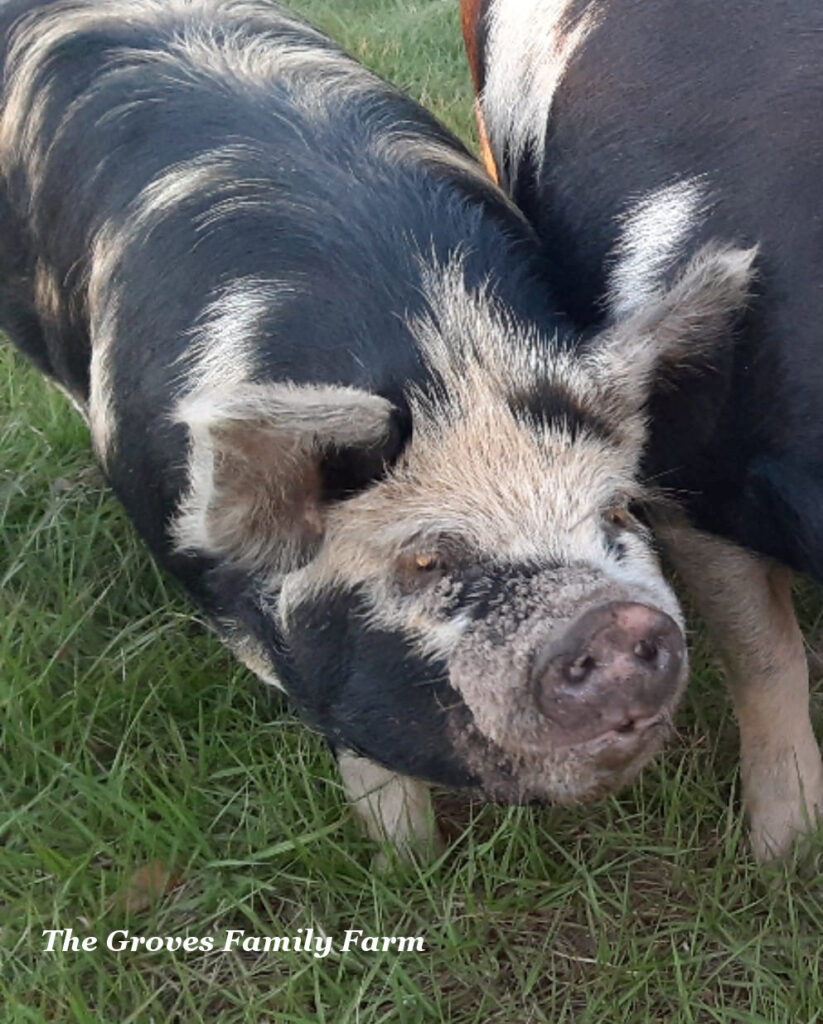

Having pigs that demonstrate good heads is important, but don’t forget to also note the nice long backs, beautiful front shoulders, straight underlines, and good hams. Another extremely important factor is the growth rate of the pig. You can have a pig that meets breed standard in every other way but grows way too slow. This pig will not be breeding quality for that reason. Everything together makes up a good quality breeding stock Idaho Pasture Pig.
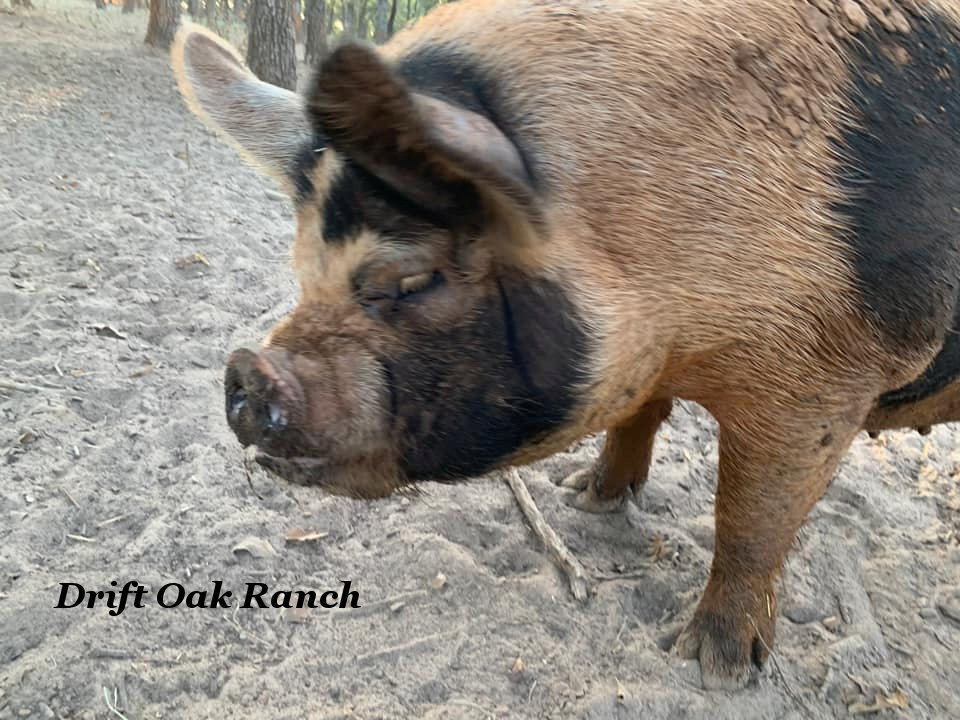
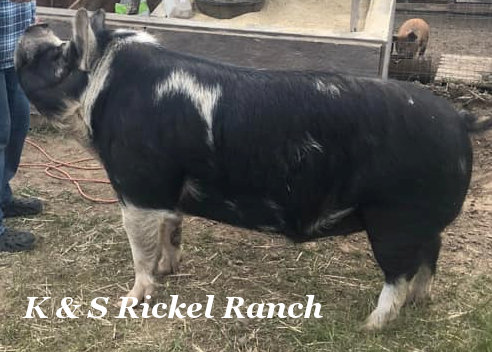
Although the pigs shown are not all the exact same pig, they all meet breed standard. This is why it is so important to continually refer back to the Breed Standard until you get proficient at recognizing the traits that make an Idaho Pasture Pig a breeding quality or a feeder.

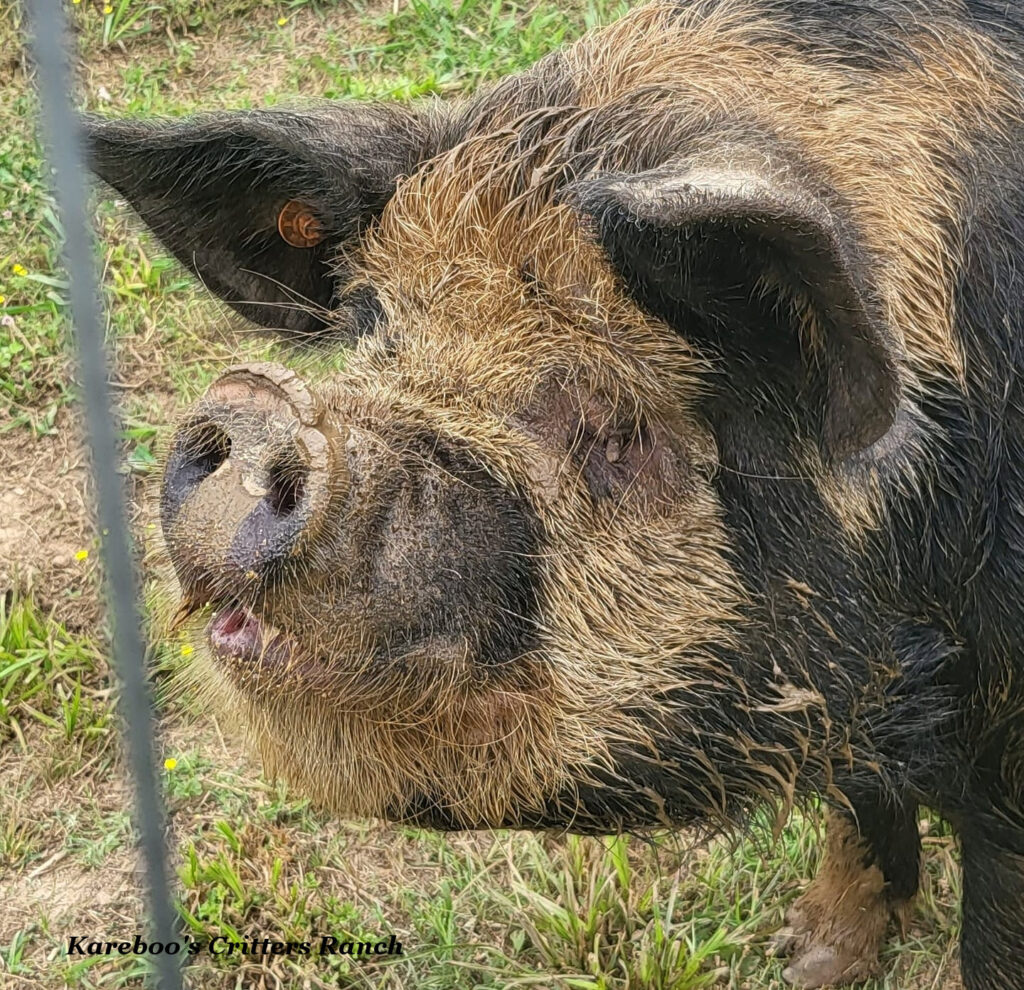
NOT Breed Standard
The following pictures depict pigs that are not breed standard. Most of them have long, straight snouts that do not upturn. Some pigs have snouts are that are too narrow, some have eye sets that are very close together, and some have pointy snouts. Either way, none of these pigs pictured below meet breed standard and they should not breed. They will make delicious pork chops, bacon, etc., but they should not be bred to produce piglets.
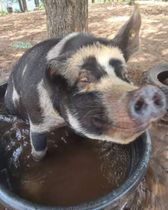
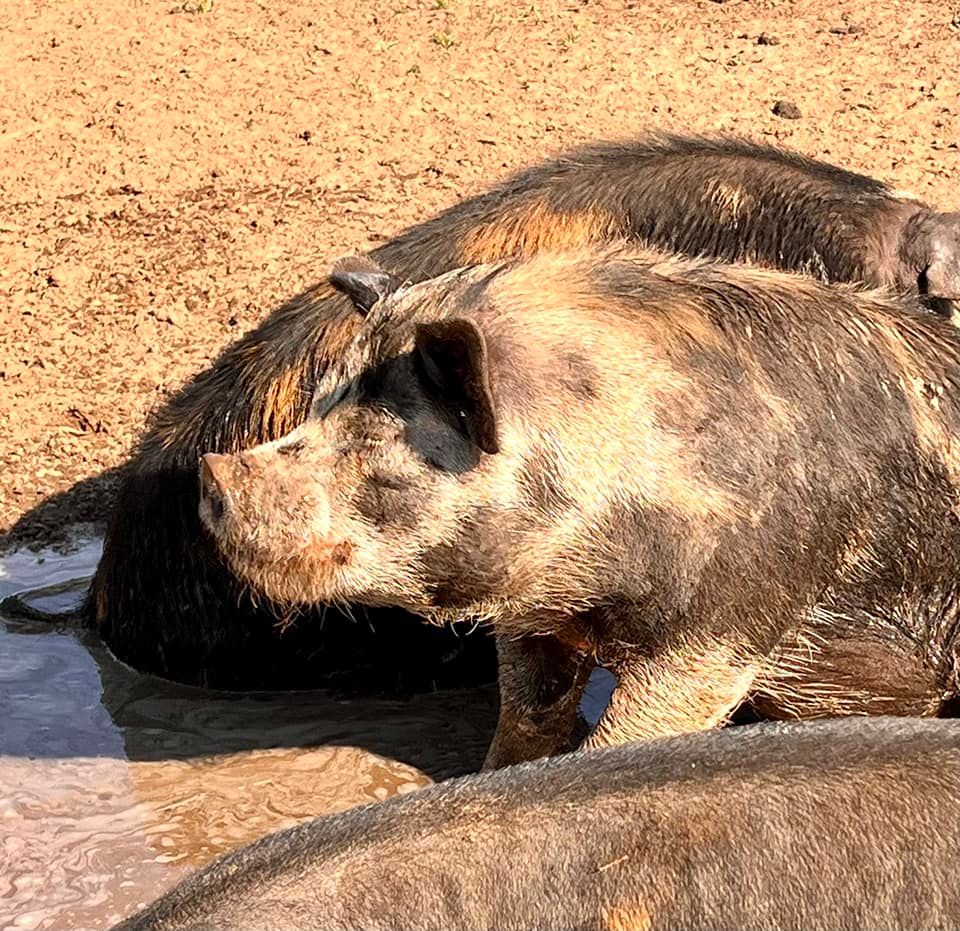
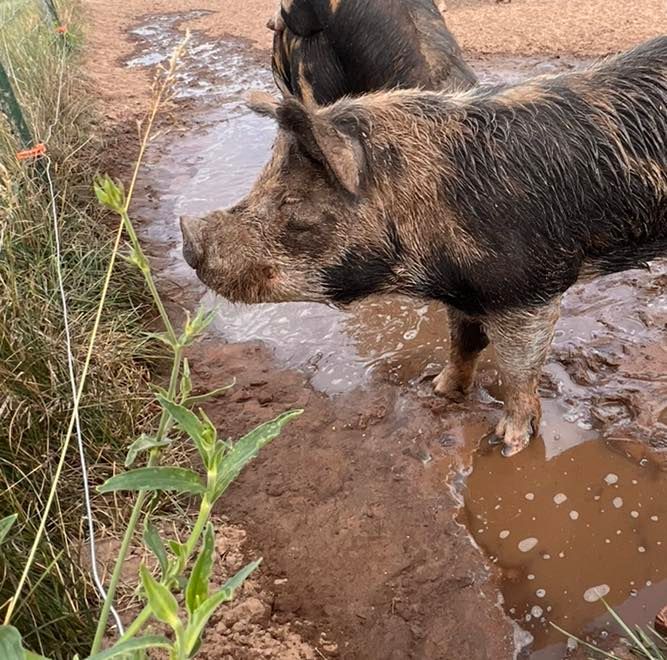


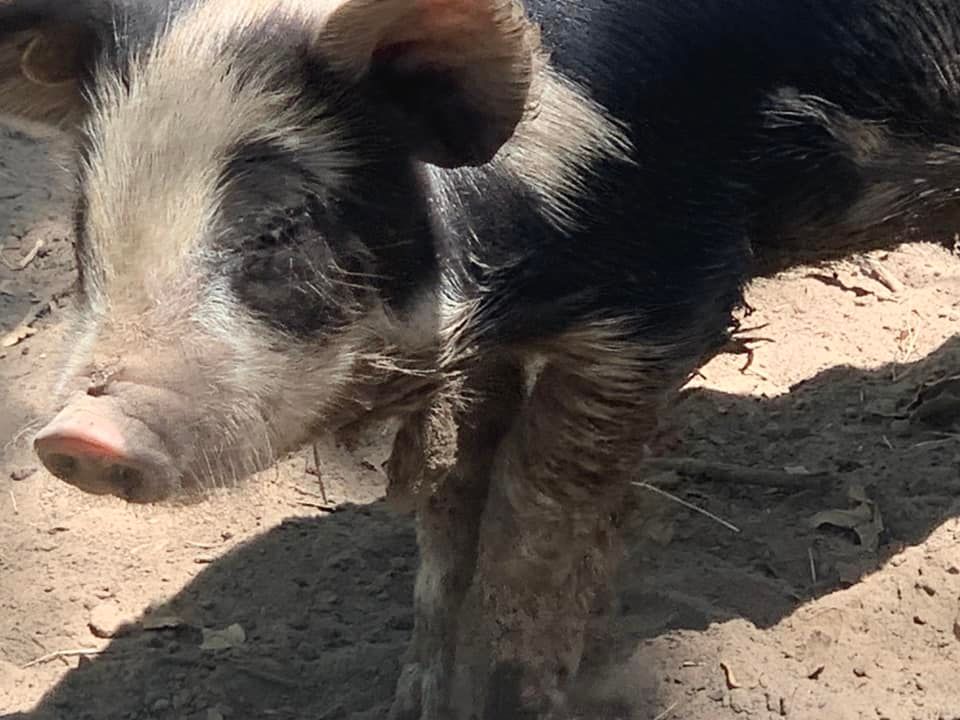
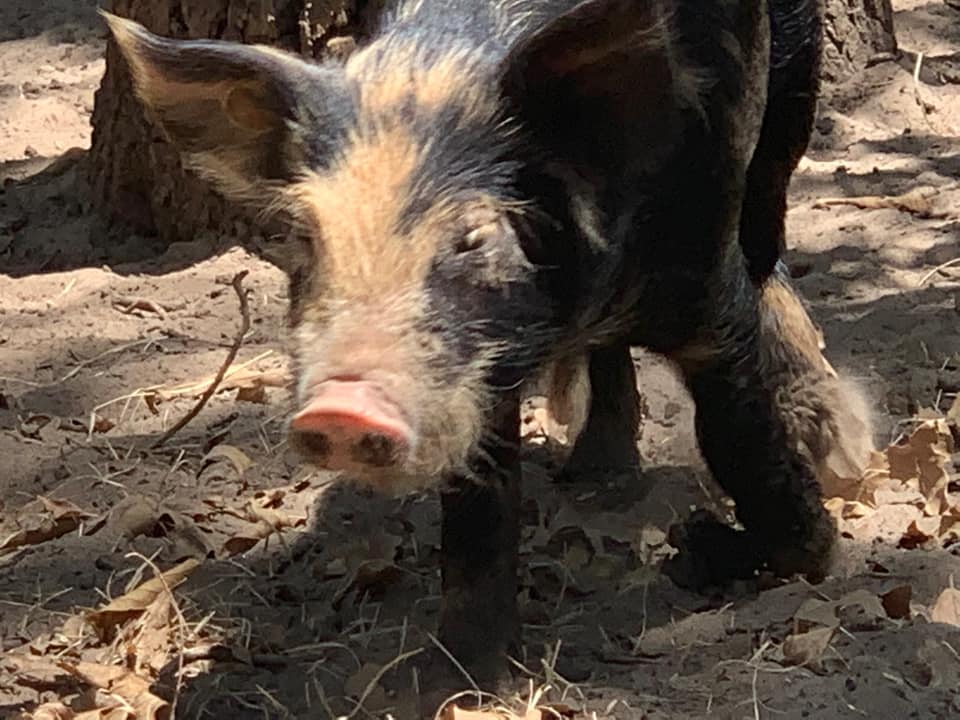
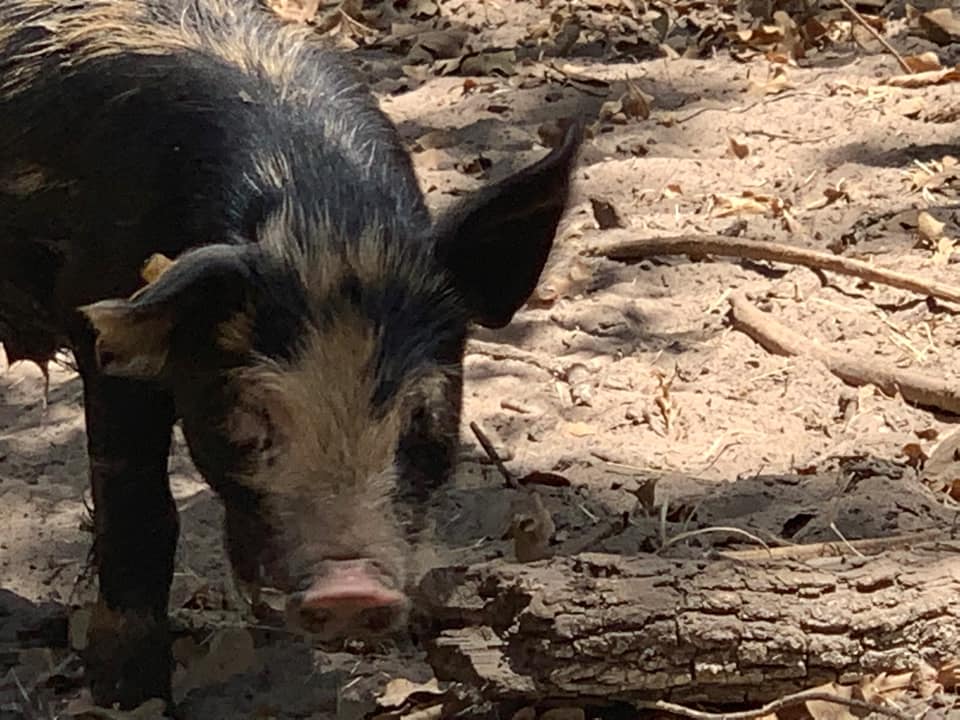

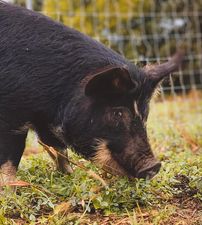

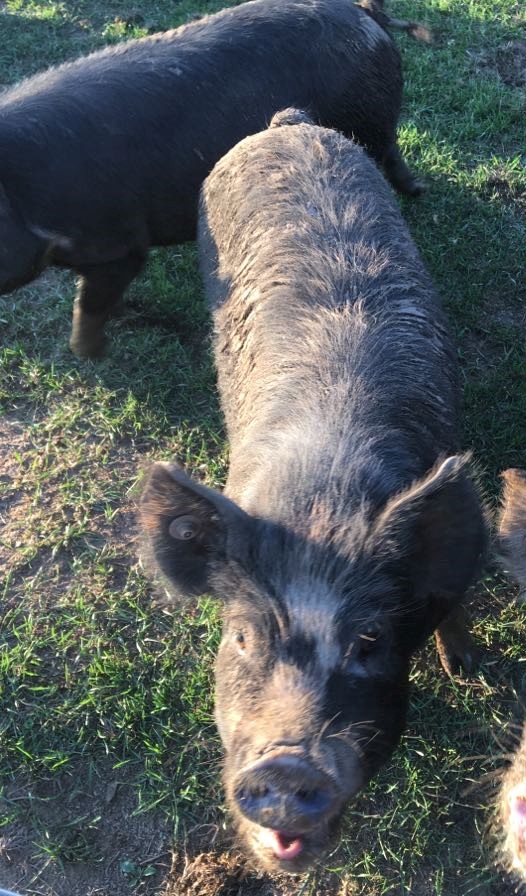

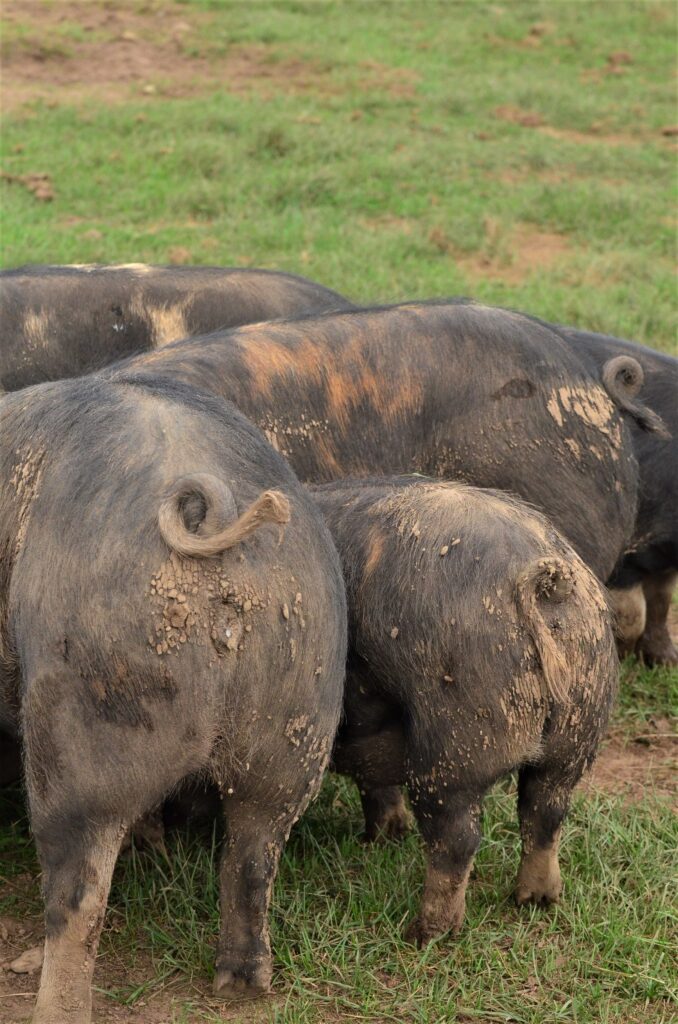
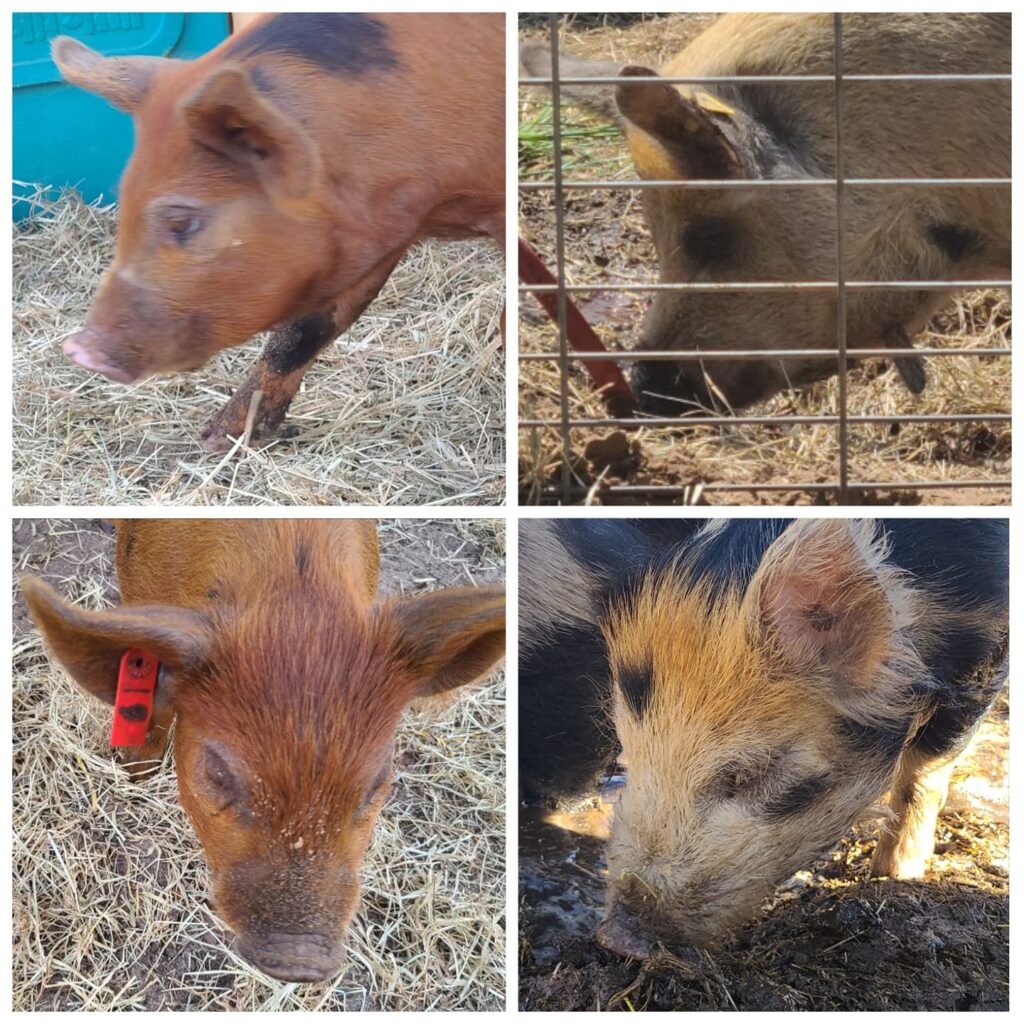

Note the differences in these two piglets: Both piglets have a nice wide snout from the eyes to the tip of the snout. Both have a nice wide eye set. The difference is in the wrinkles on the snout. The piglet on the left has nice wrinkles and will continue to upturn as she matures. The piglet on the right has no wrinkling and the snout will continue to grow straight and no upturn. The piglet on the left will more than likely meet breed standards whereas the piglet on the right will be kept only as a feeder.

The same can be said about these two piglets in this picture. The ginger piglet on the left is a good breed quality piglet whereas the cream piglet on the right has a snout that is too narrow and straight.

The two pigs in this picture are siblings. It is easy to see that the bottom pig didn’t grow according to breed standards. Many times when a piglet has a snout that is shorter than breed standard or at the short end of the spectrum, the piglet won’t grow as fast or as well as it should. For this reason, the piglet does not make breed standard and should not be sold as such. When a breeder has a pig that they aren’t sure has a good growth rate, they should keep this piglet in their own pastures until they can accurately determine whether the piglet will continue to grow at the desired rate or if it will grow too slowly.
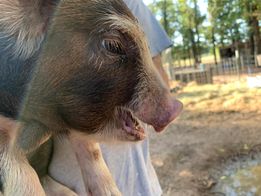
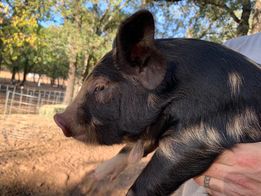
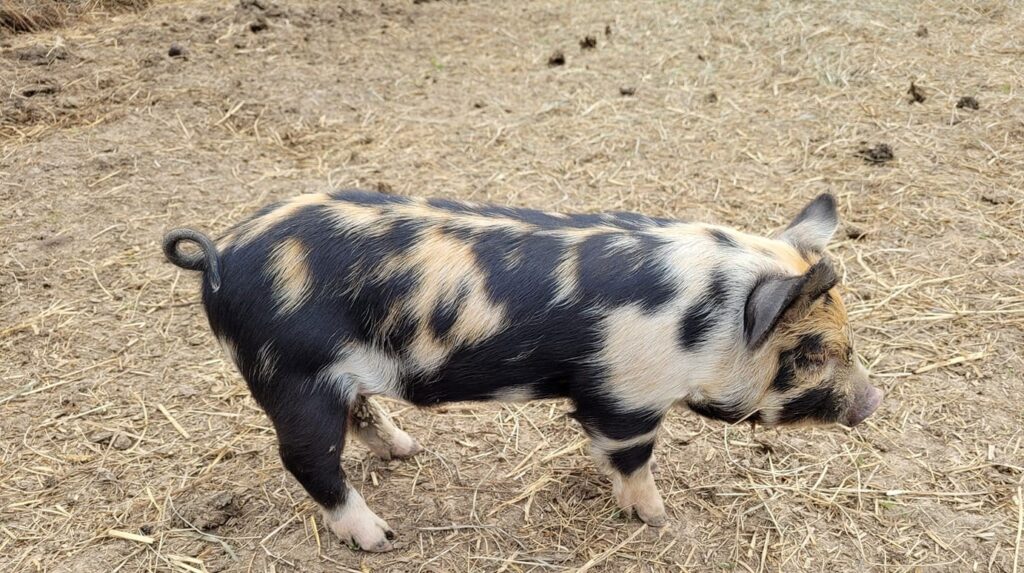
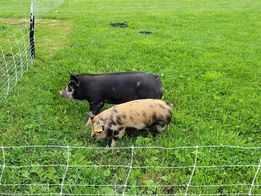

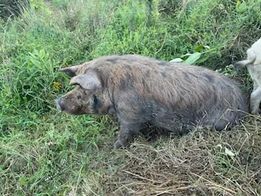
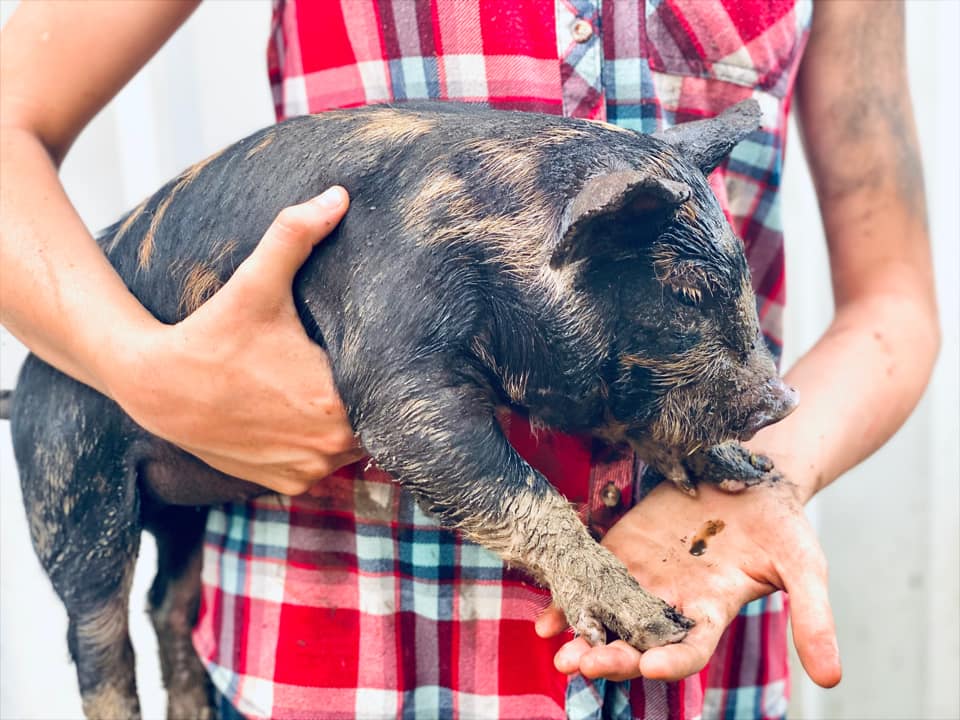
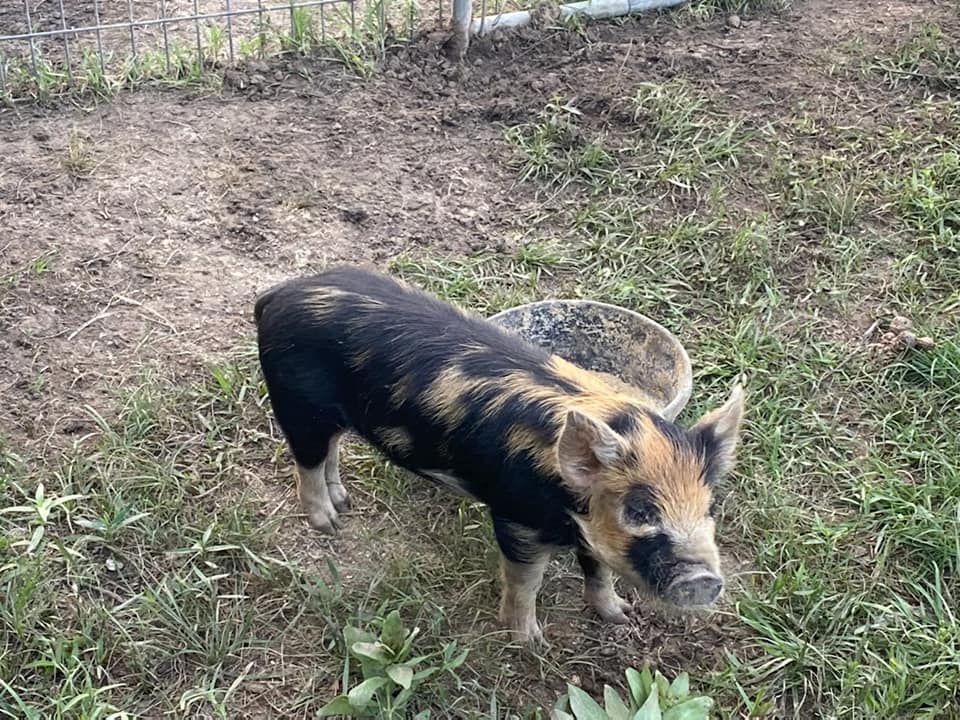
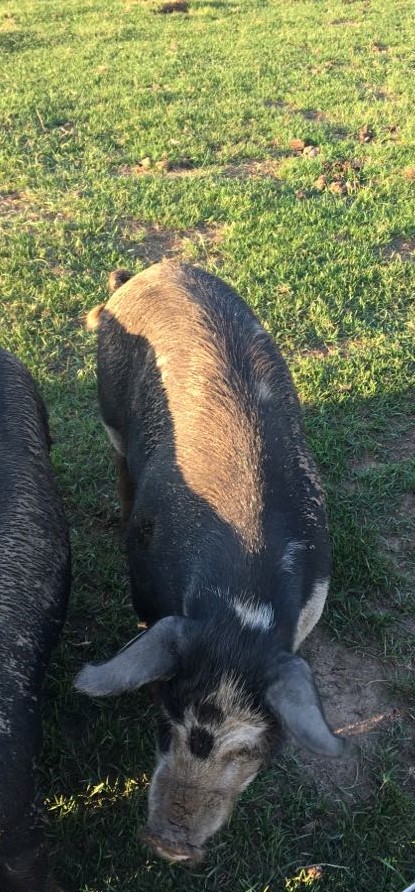

Pictures Above: It would be hard to get worse traits than these on the head & snout of an Idaho Pasture Pig. They have long straight snouts with no upturn. The eye set is very narrow and there is no uniformity from the eyes to the tip of the snout. The snout itself is very pointed.
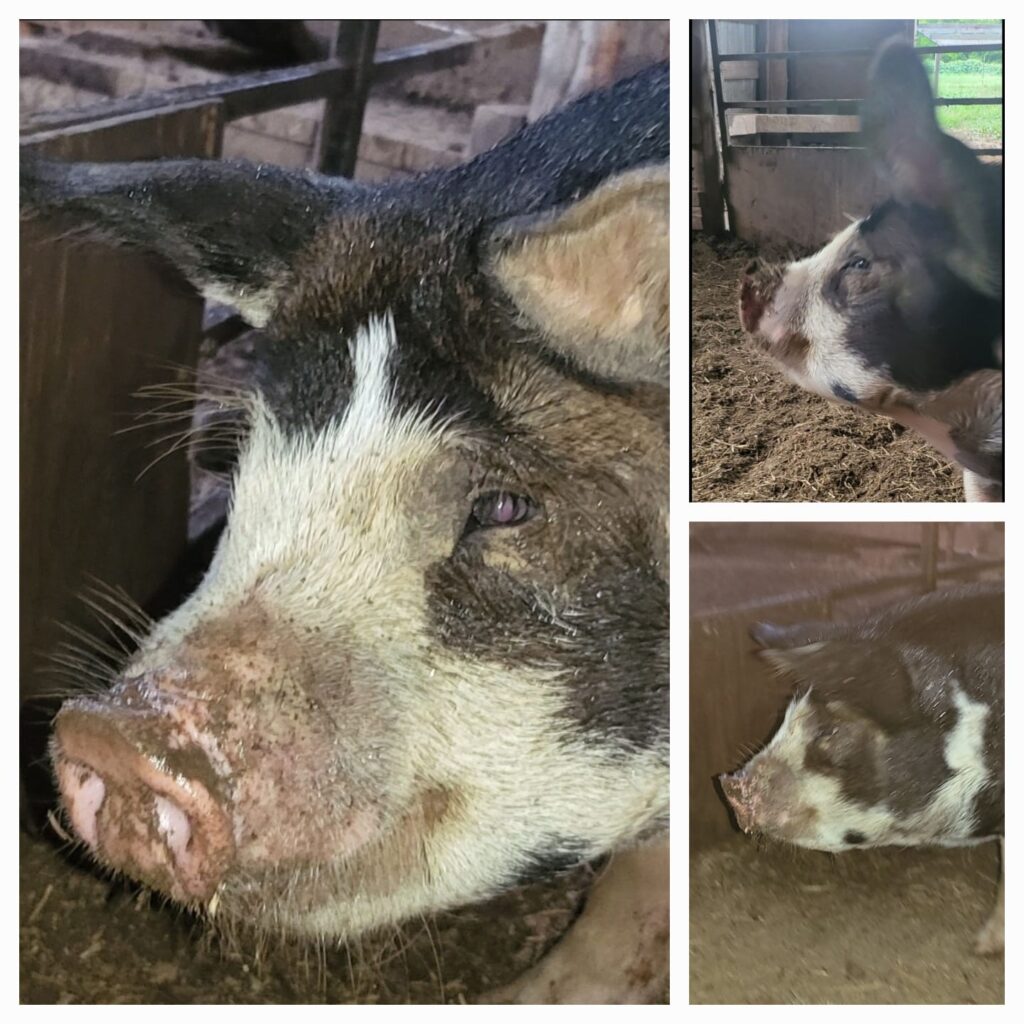
All pictures were used with the permission of the owner.
